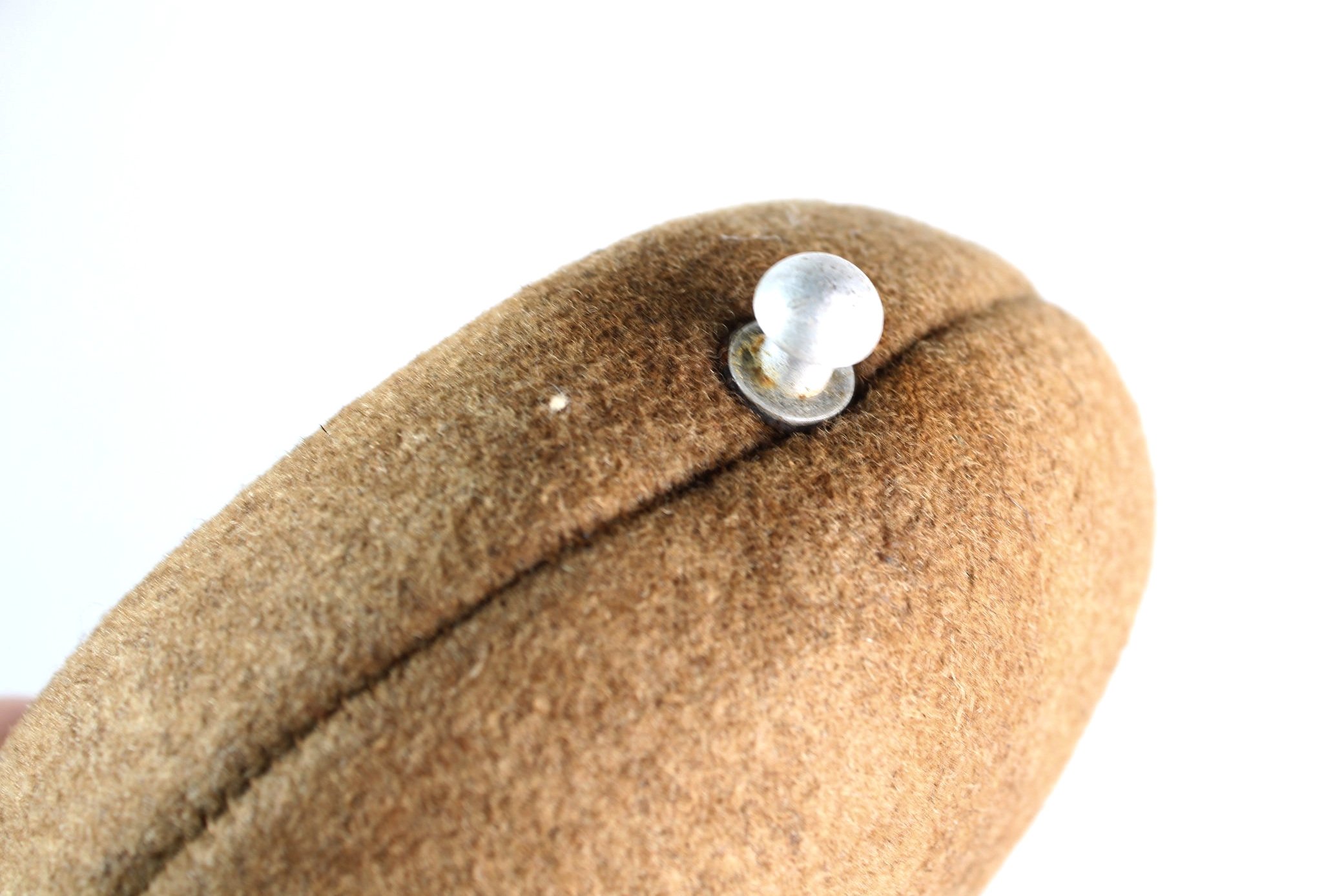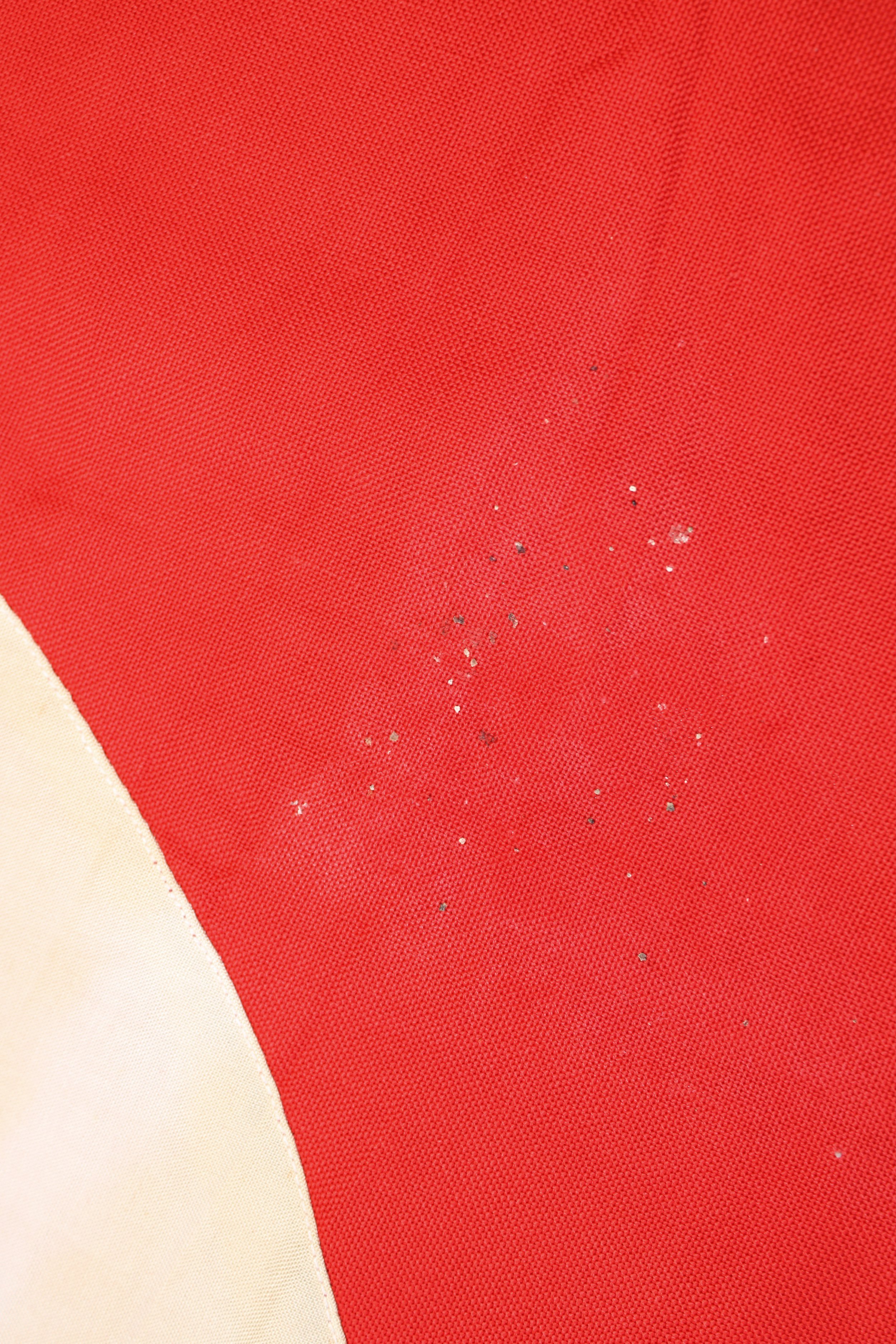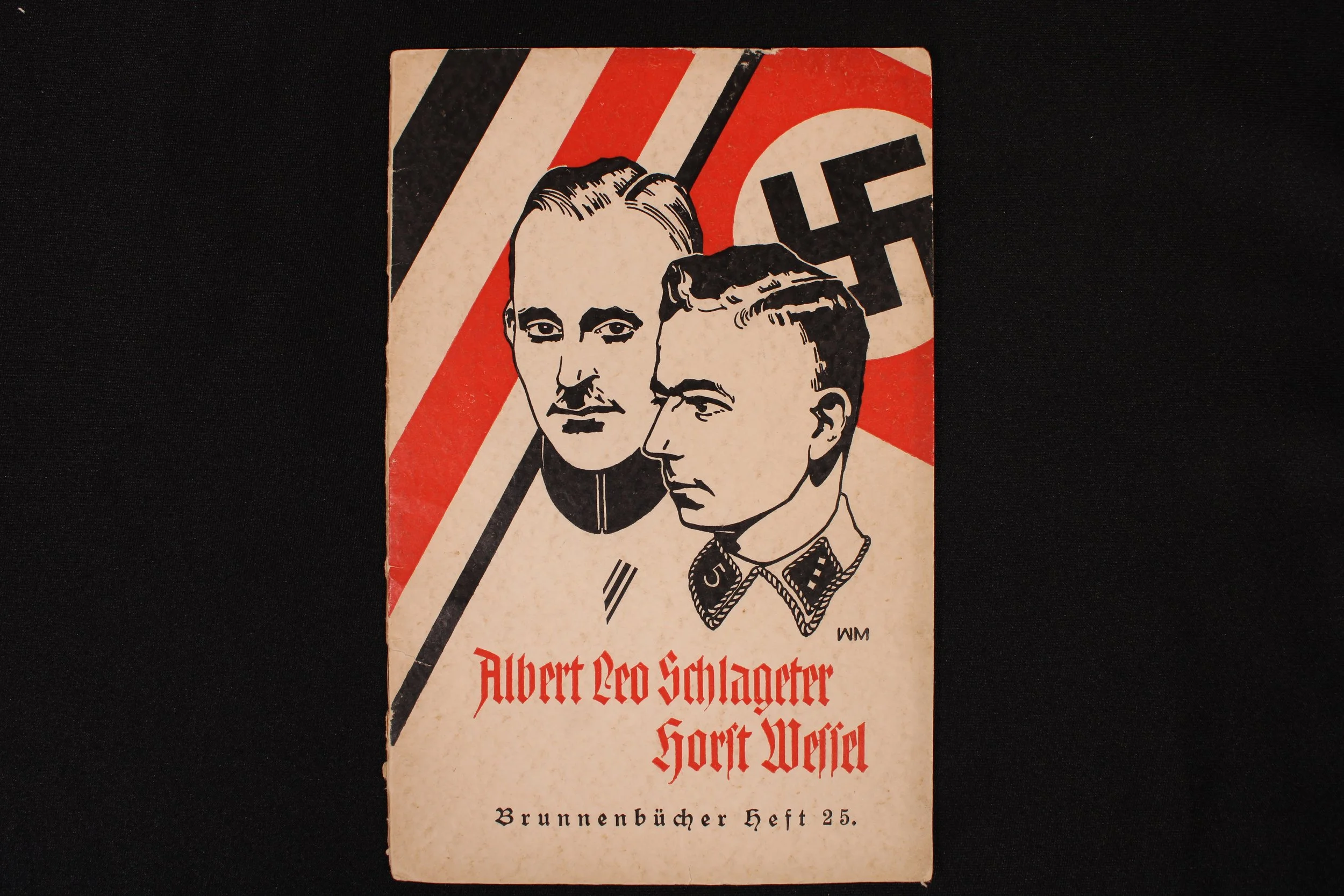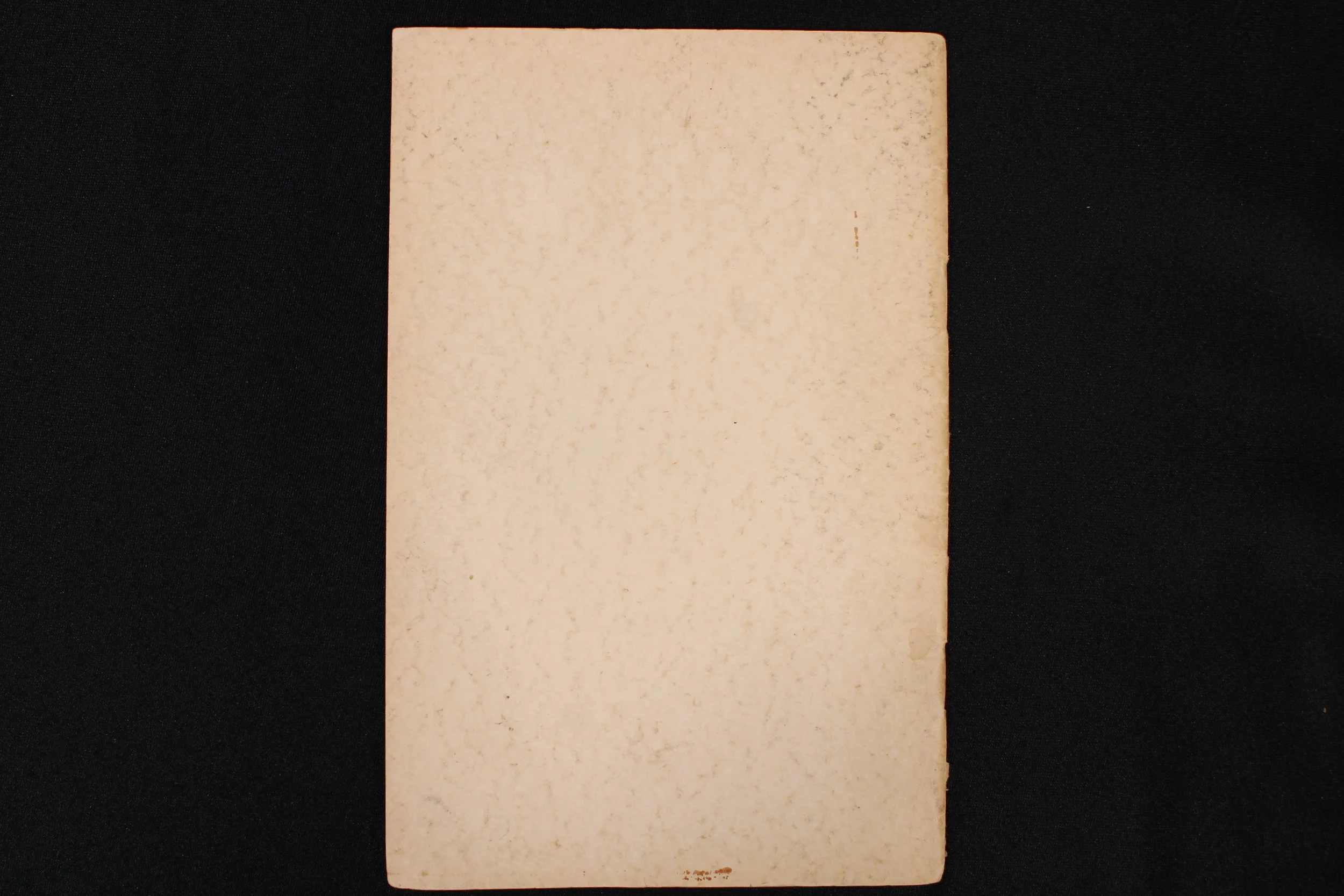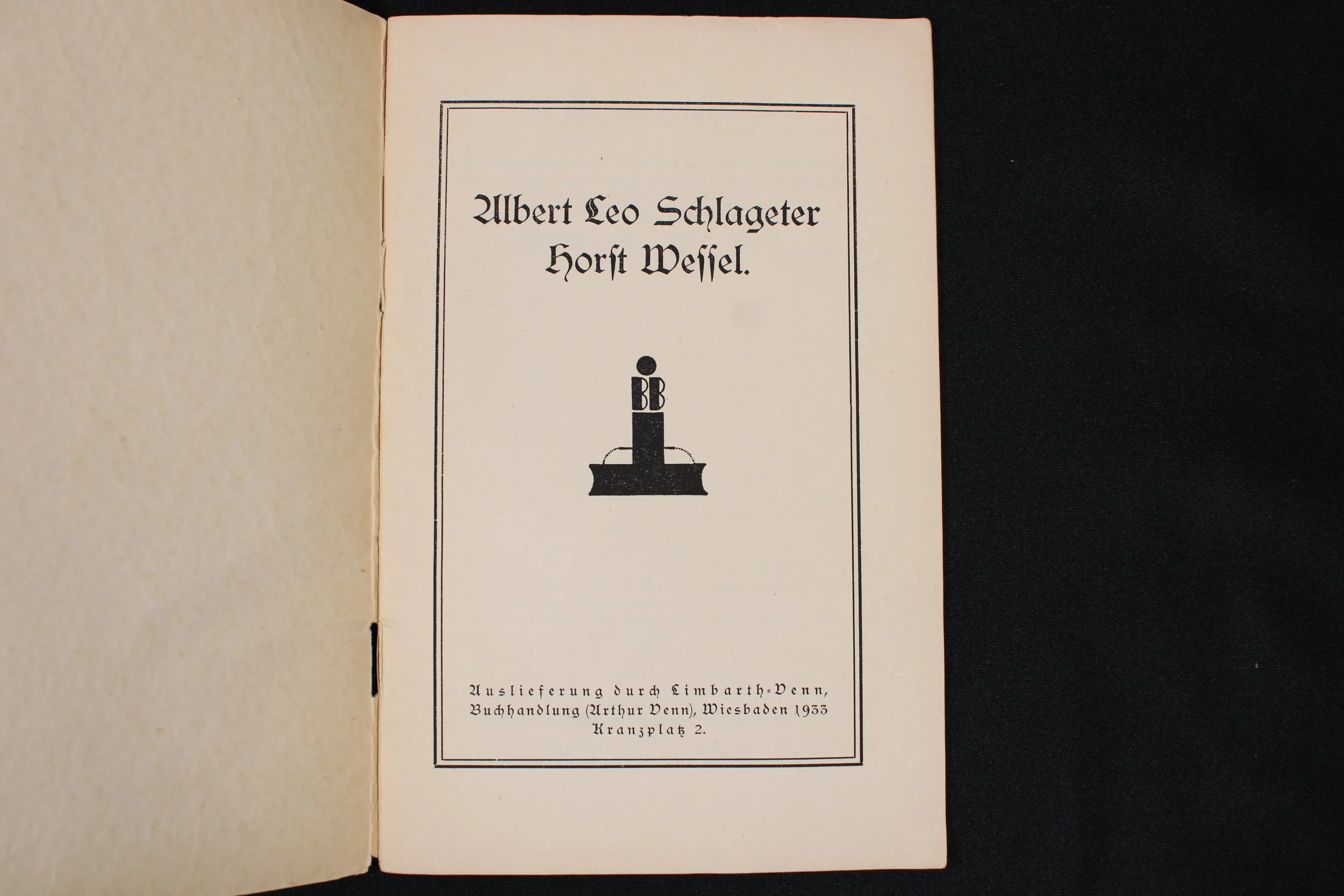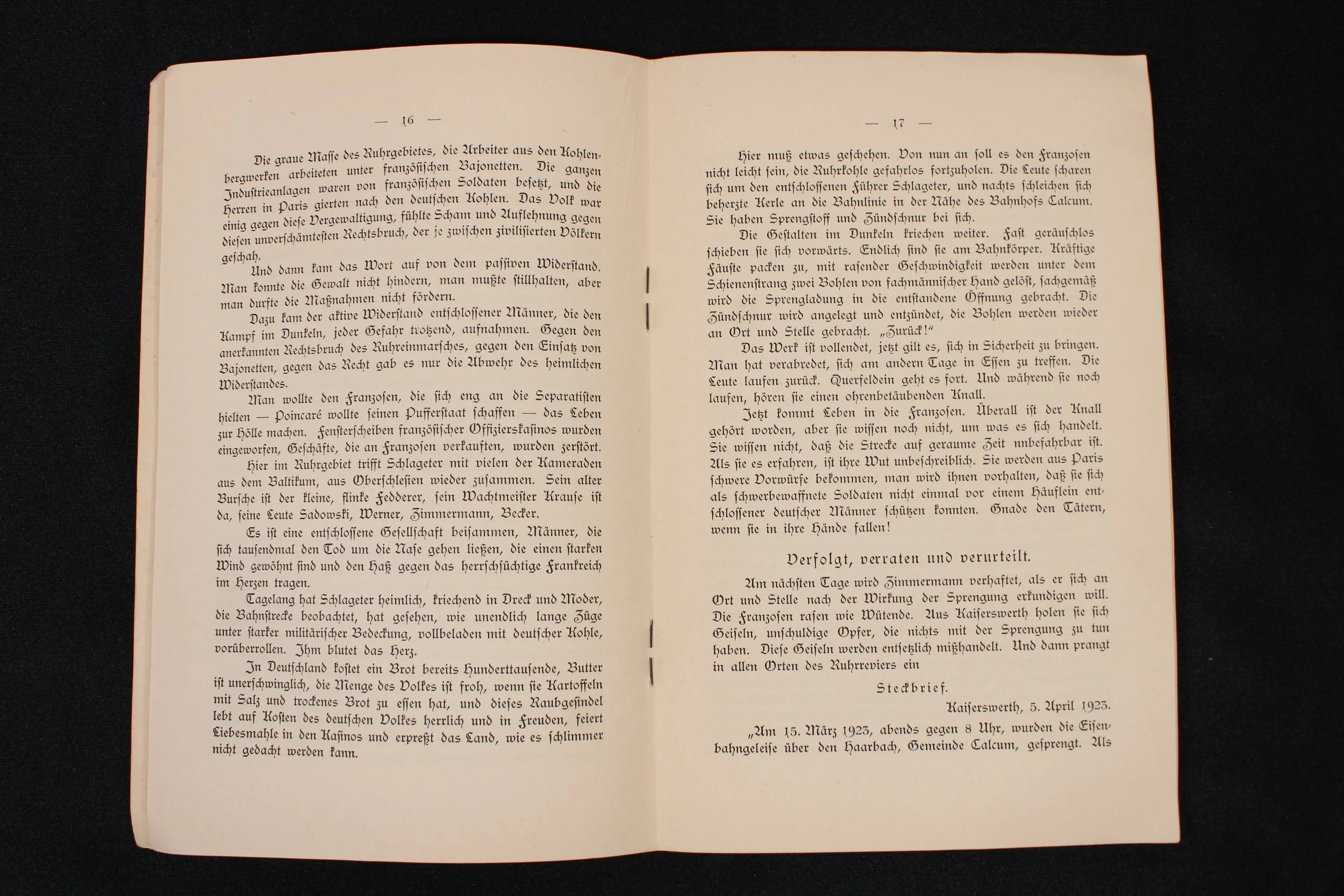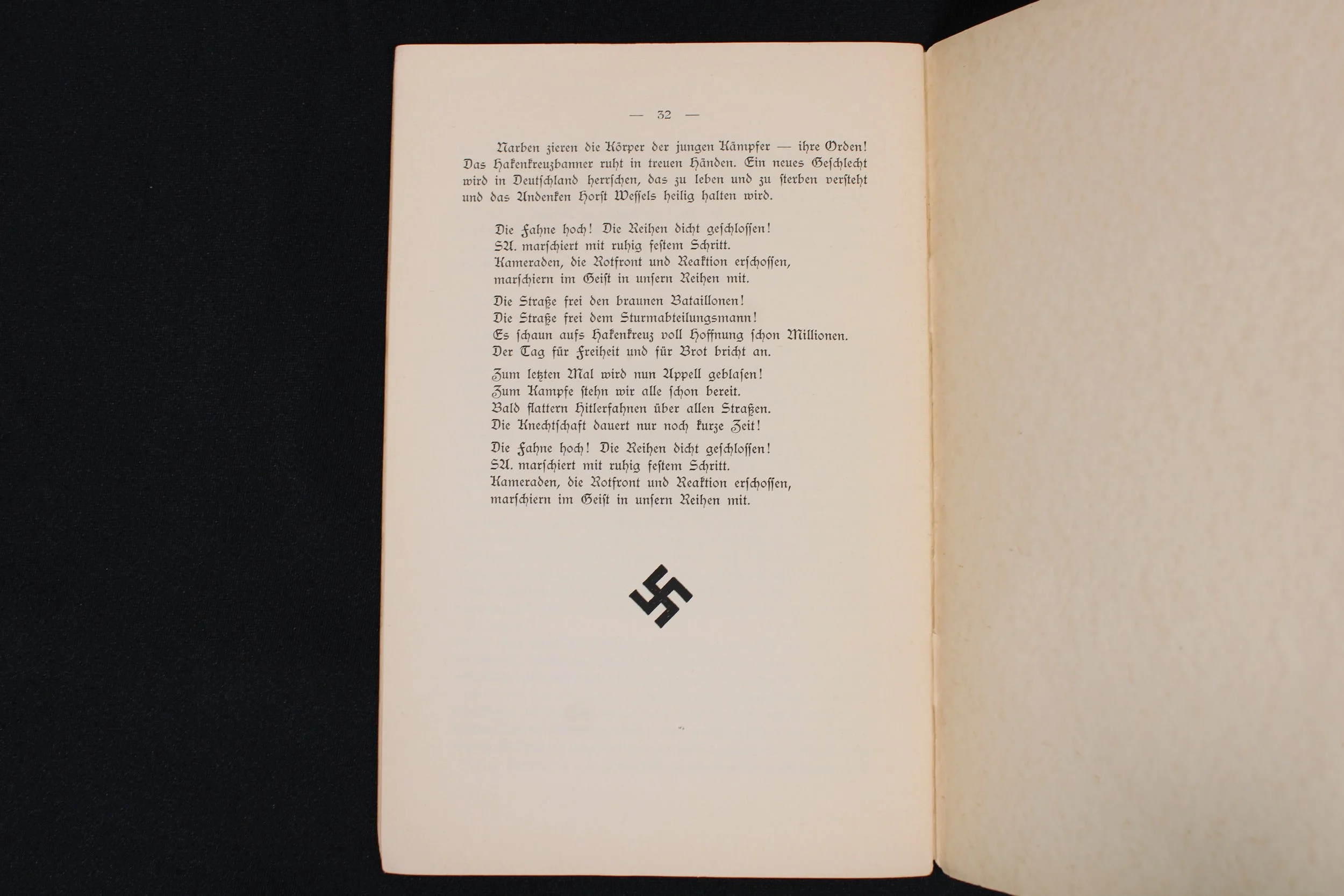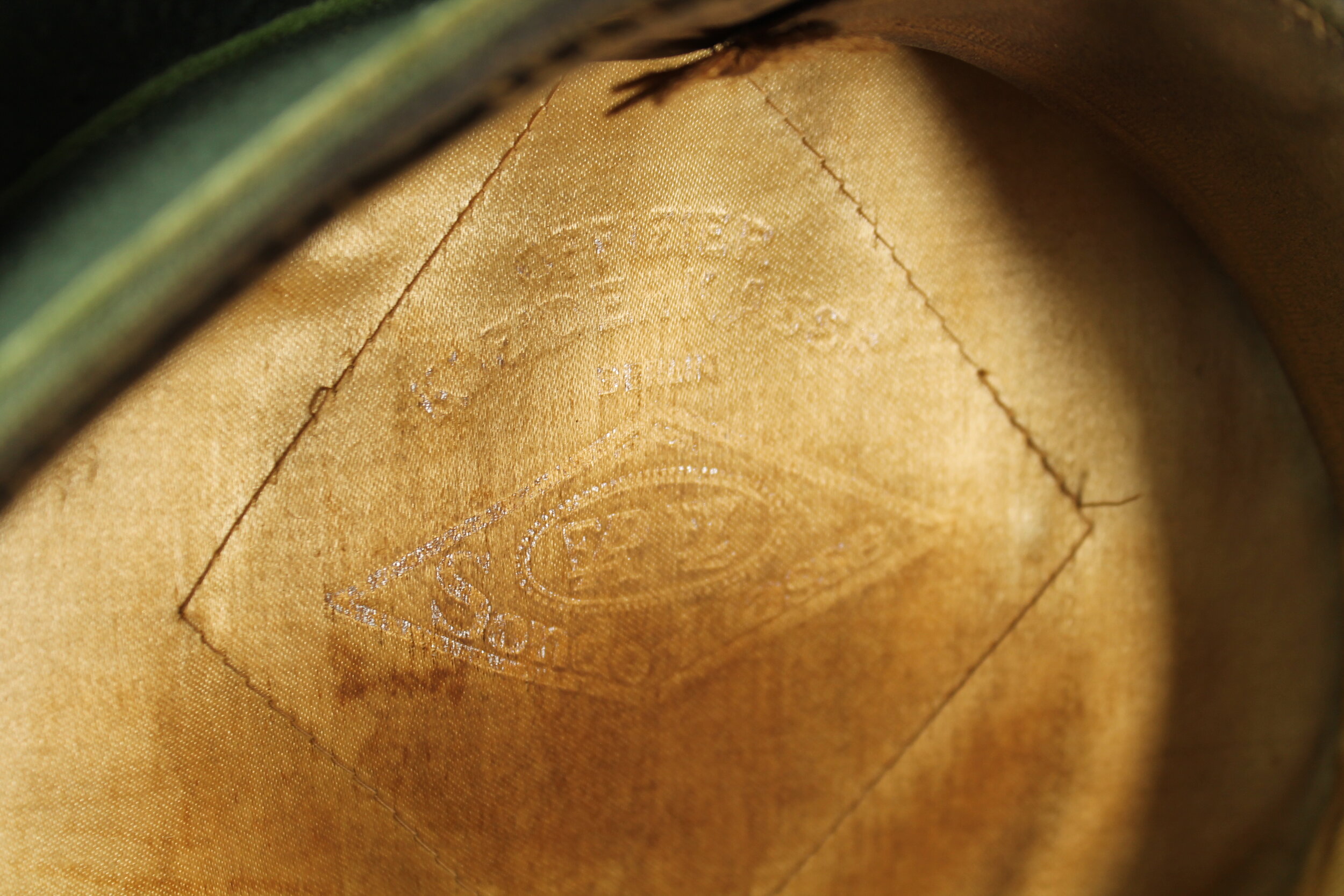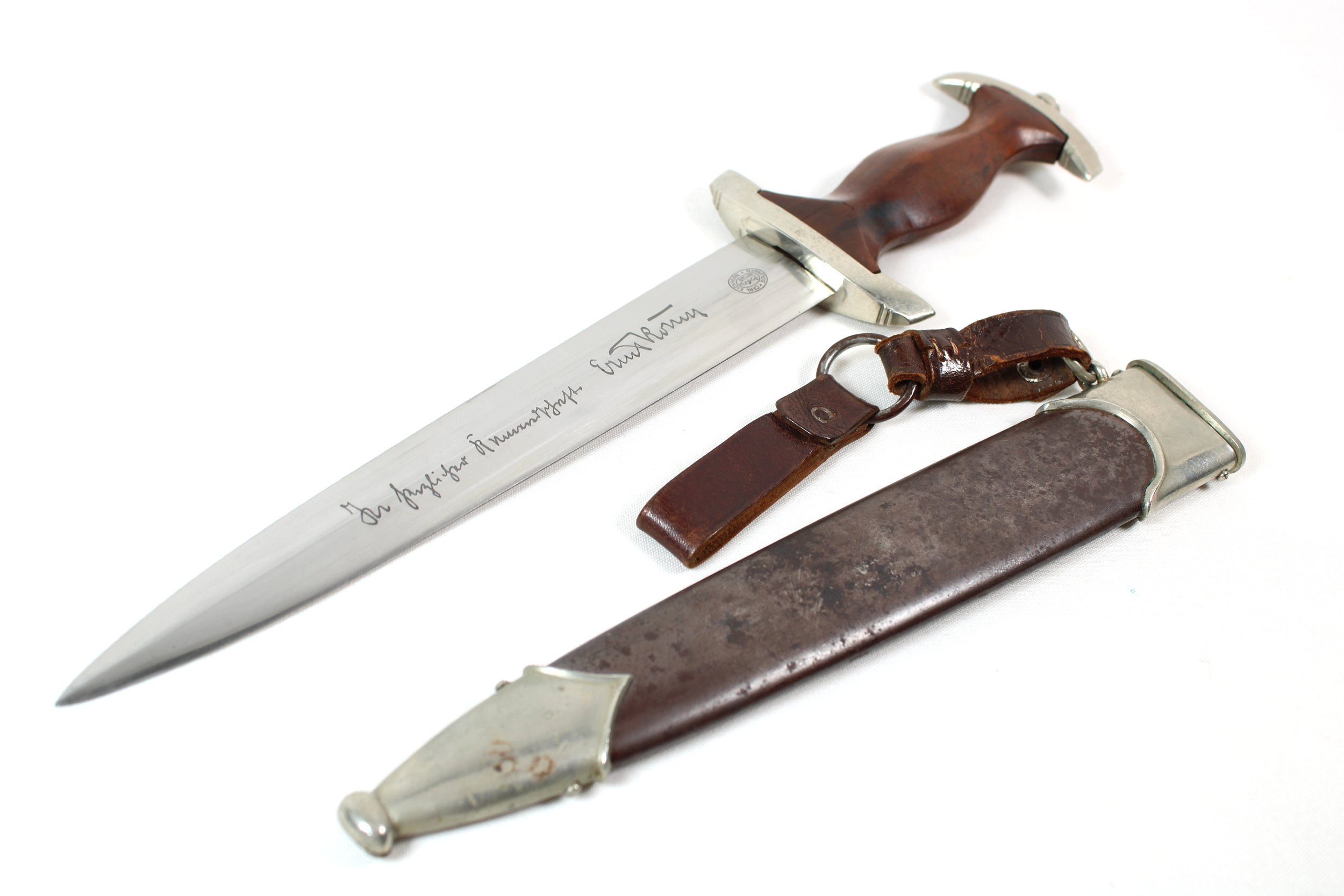 Image 1 of 30
Image 1 of 30

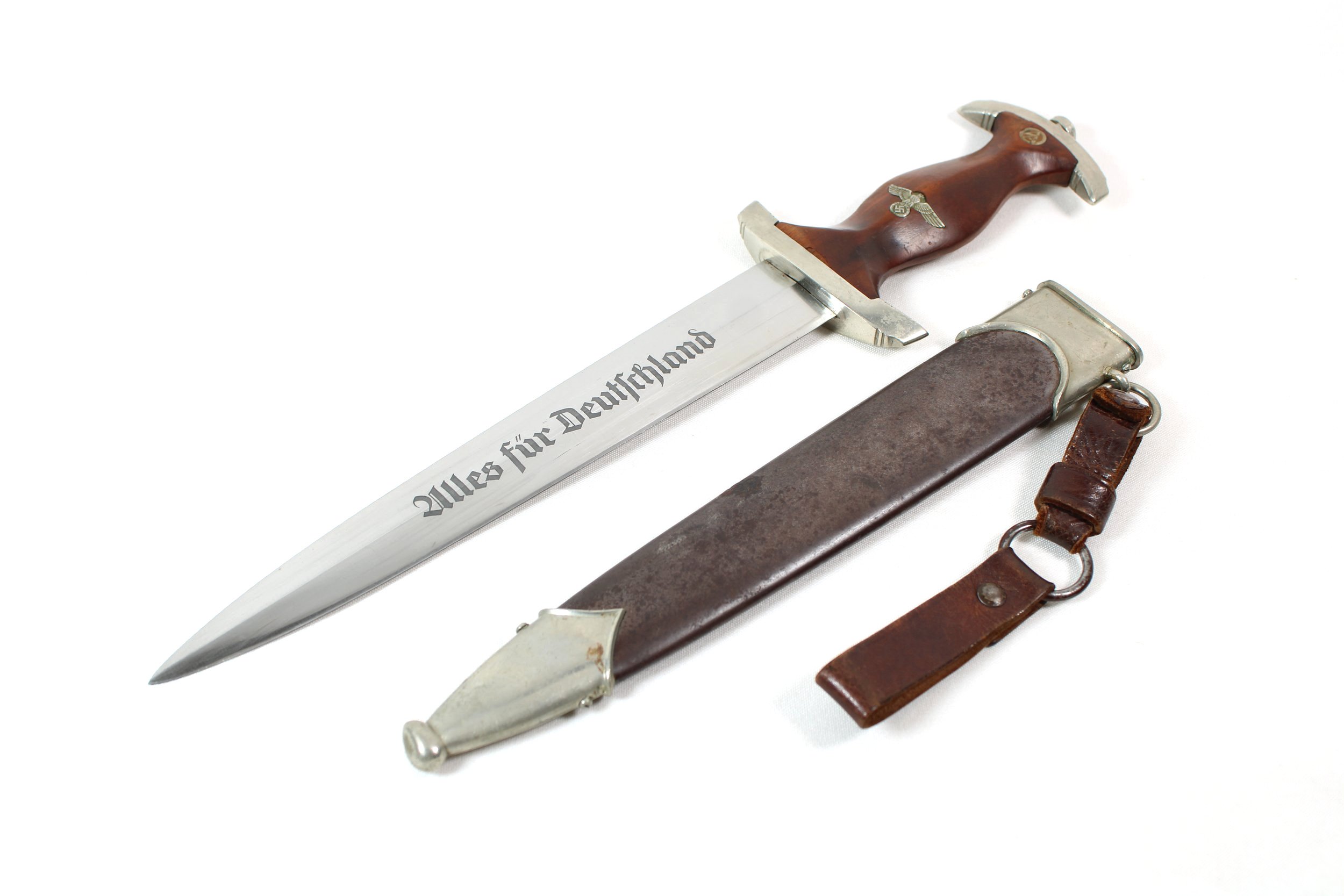 Image 2 of 30
Image 2 of 30

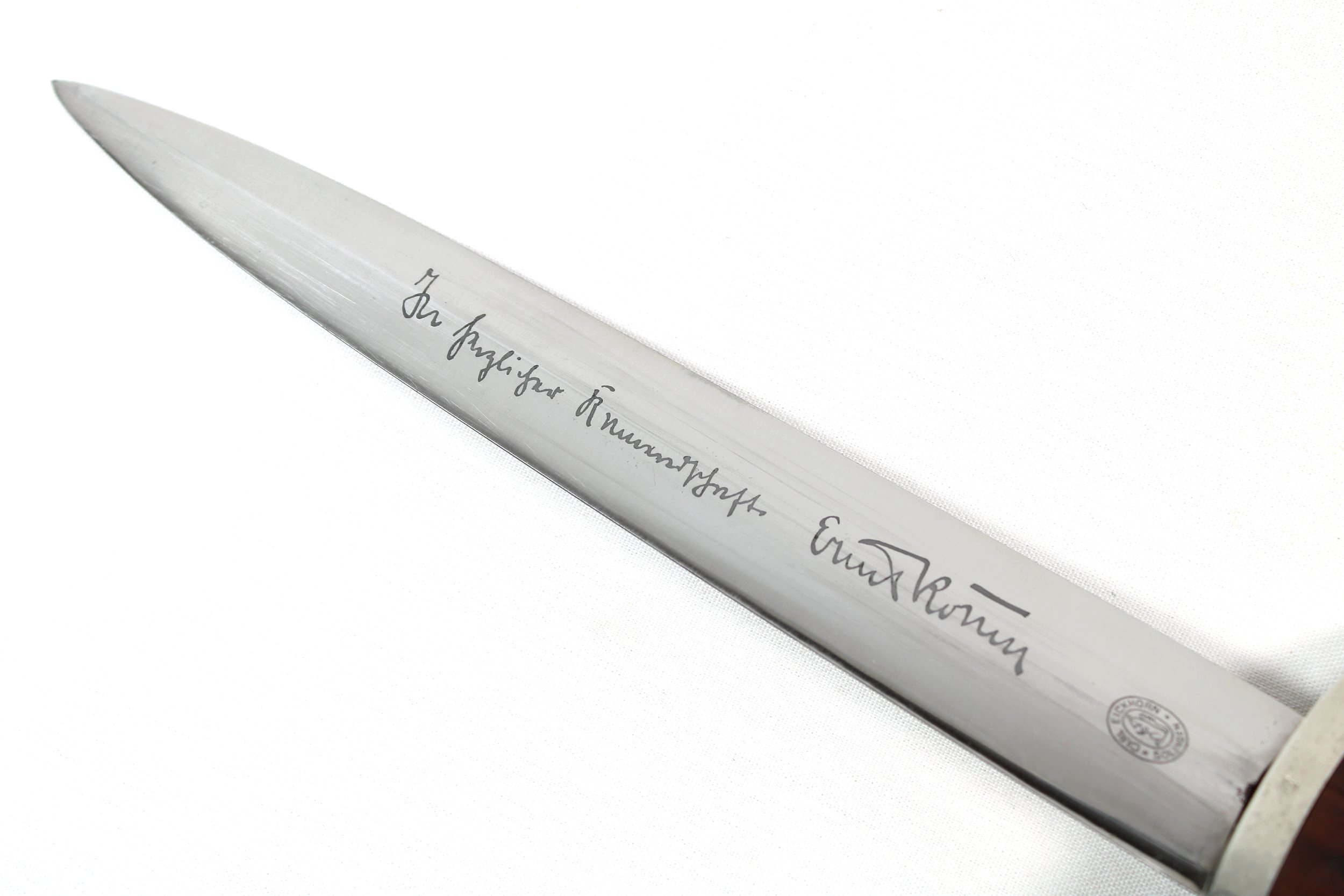 Image 3 of 30
Image 3 of 30

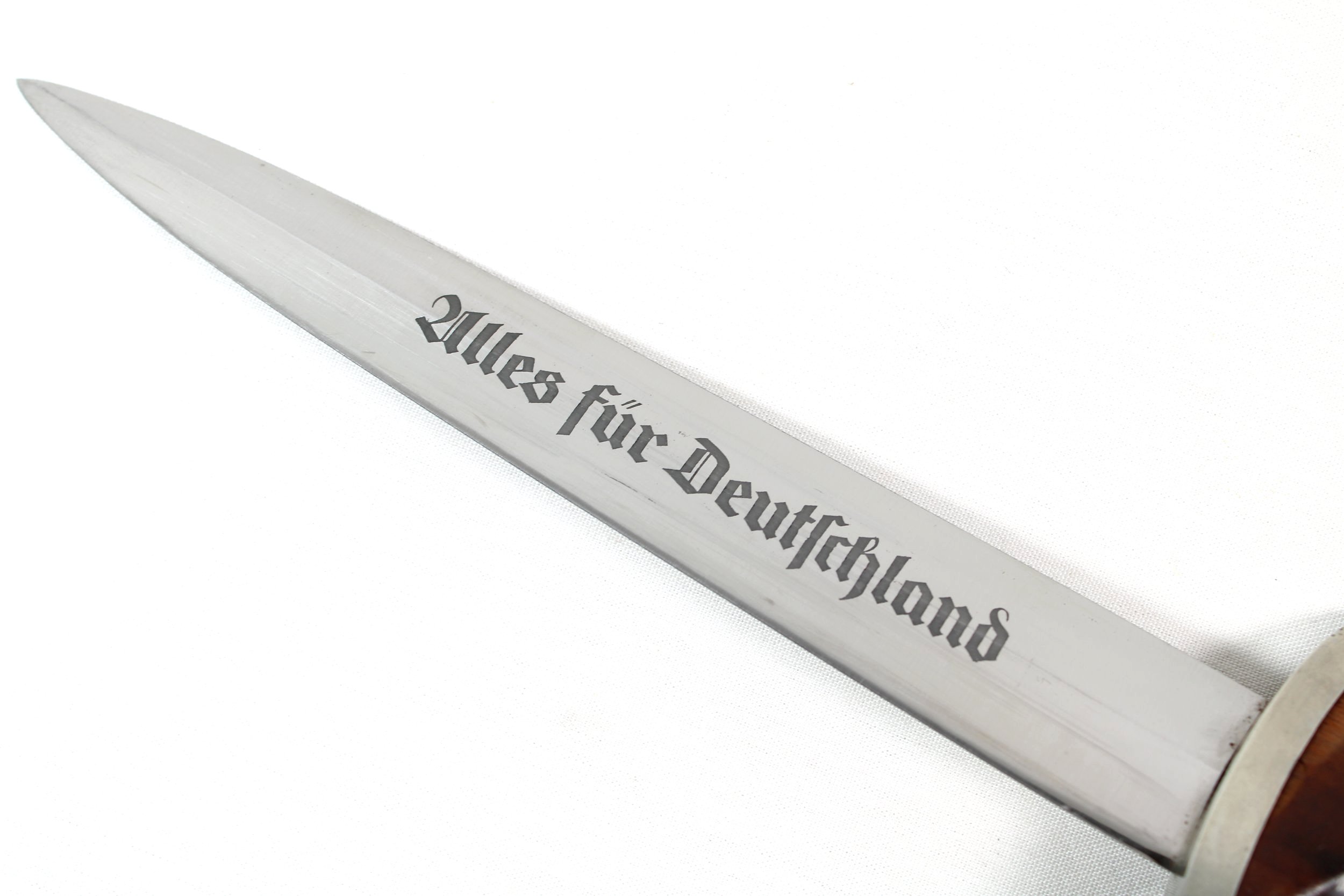 Image 4 of 30
Image 4 of 30

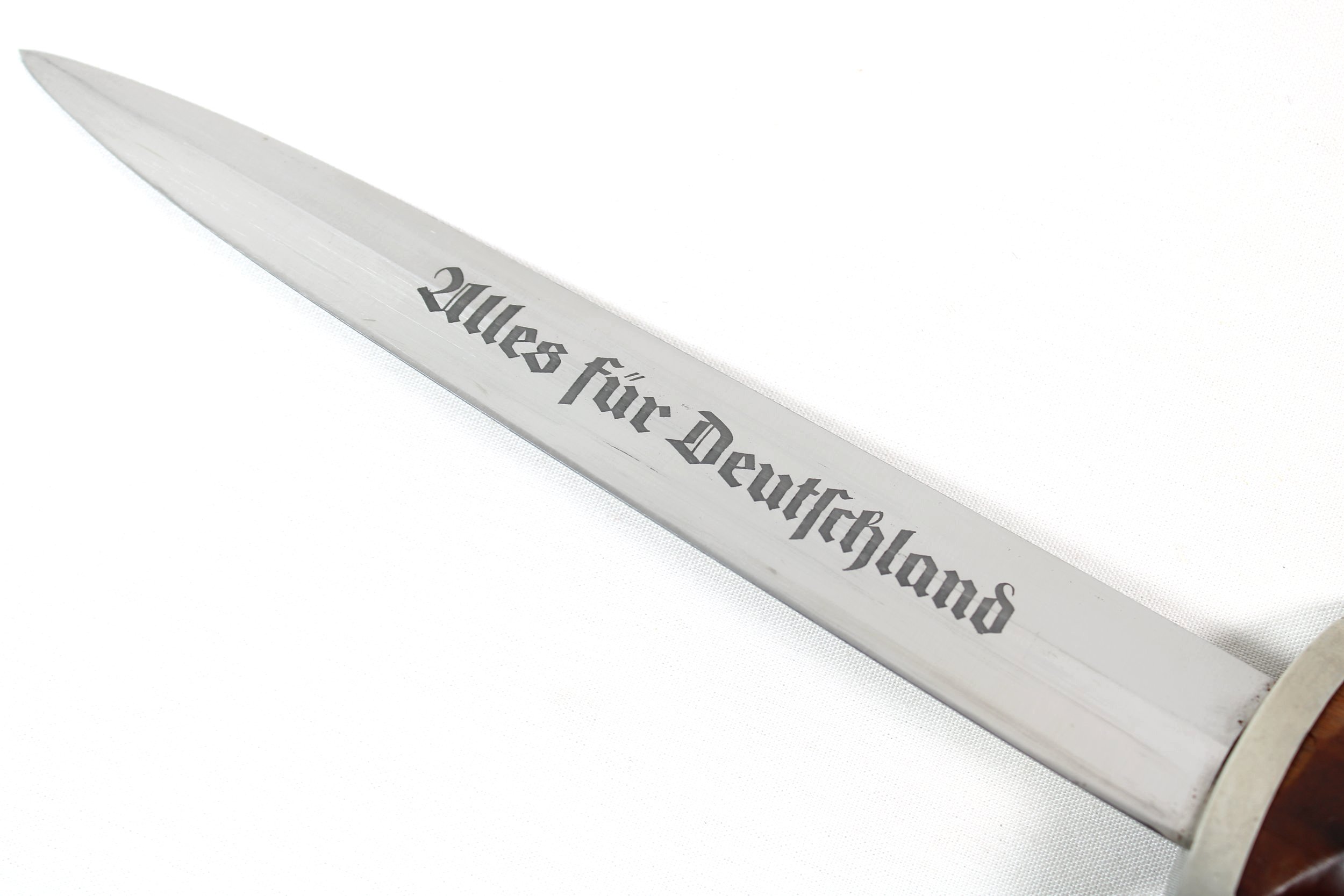 Image 5 of 30
Image 5 of 30

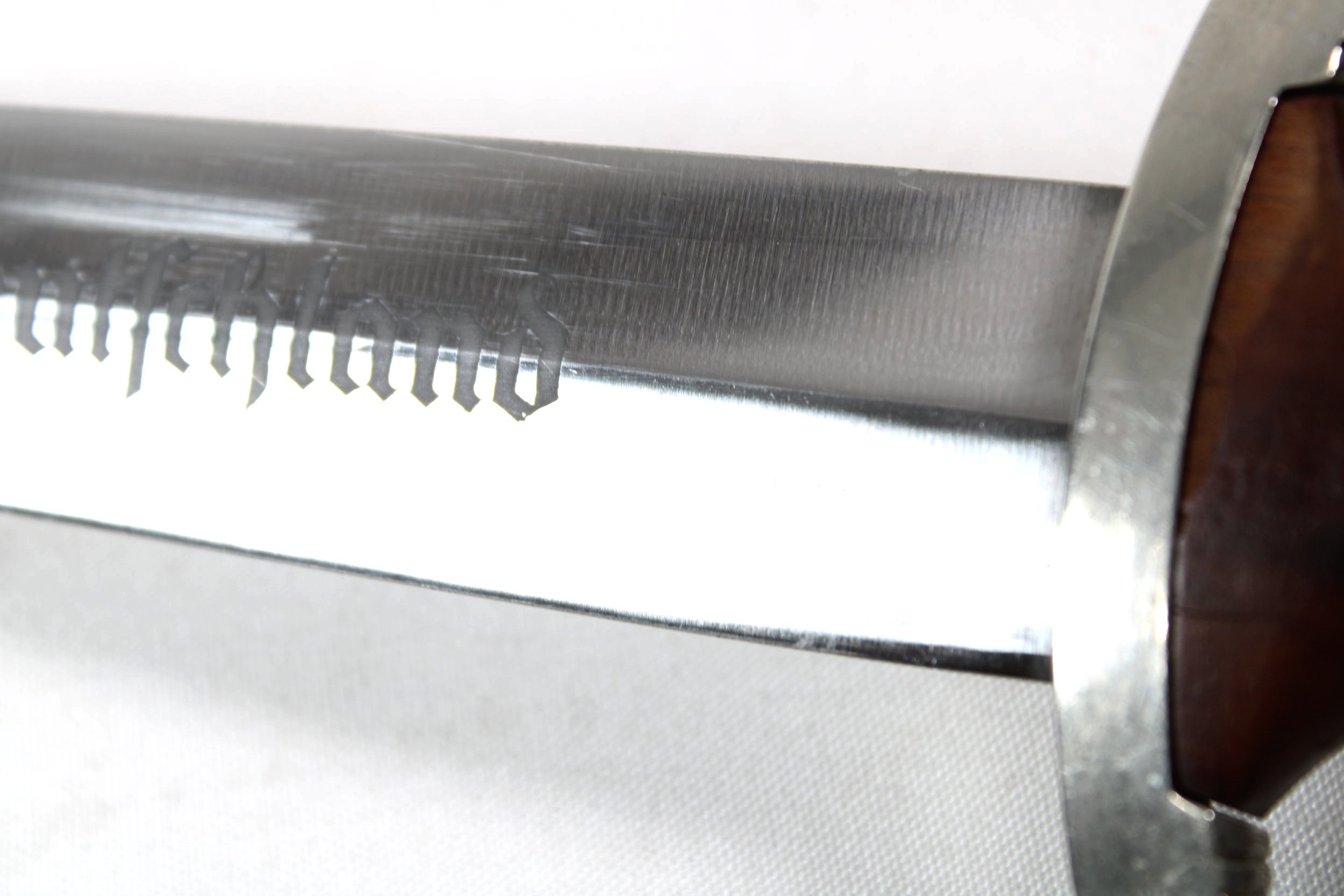 Image 6 of 30
Image 6 of 30

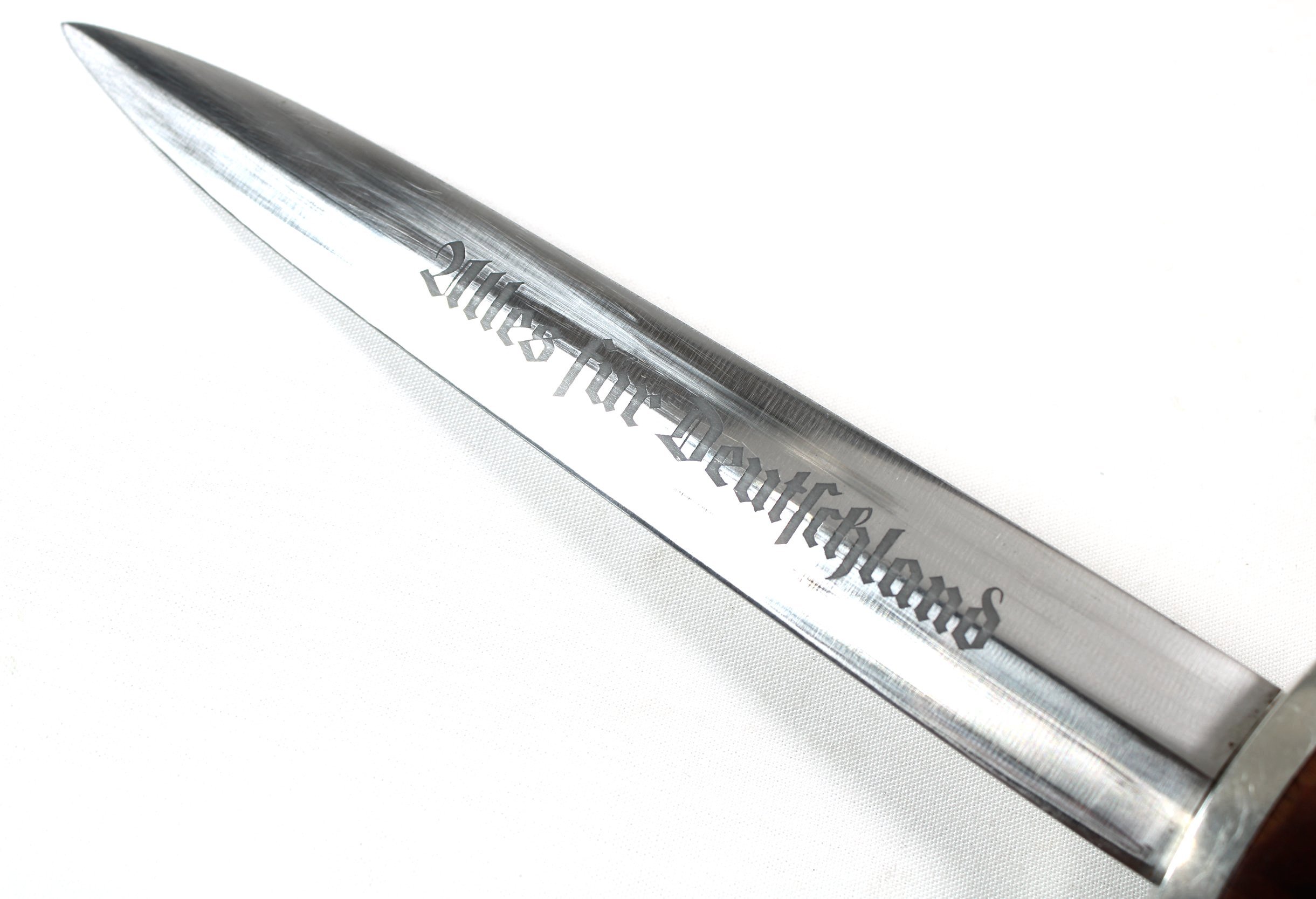 Image 7 of 30
Image 7 of 30

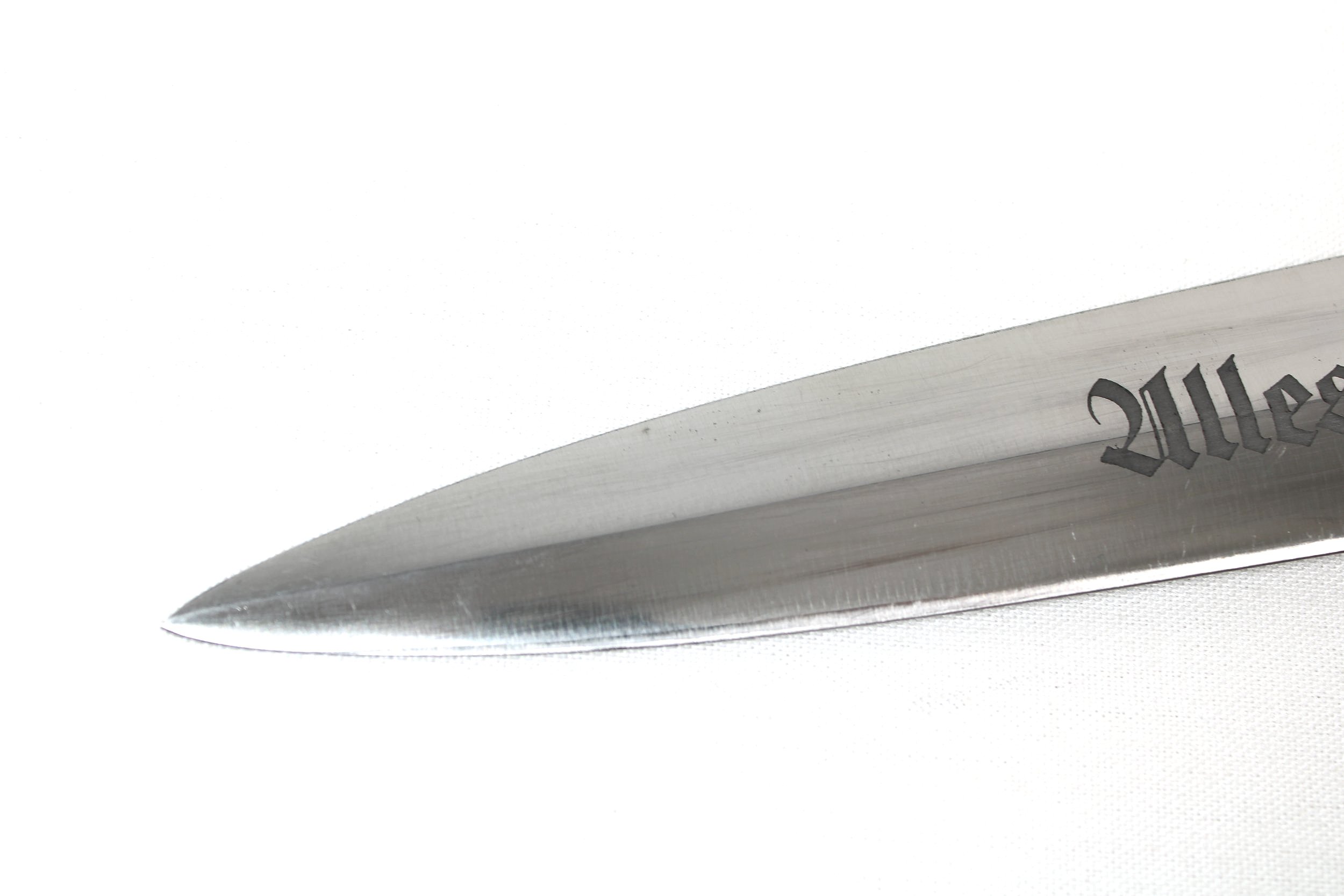 Image 8 of 30
Image 8 of 30

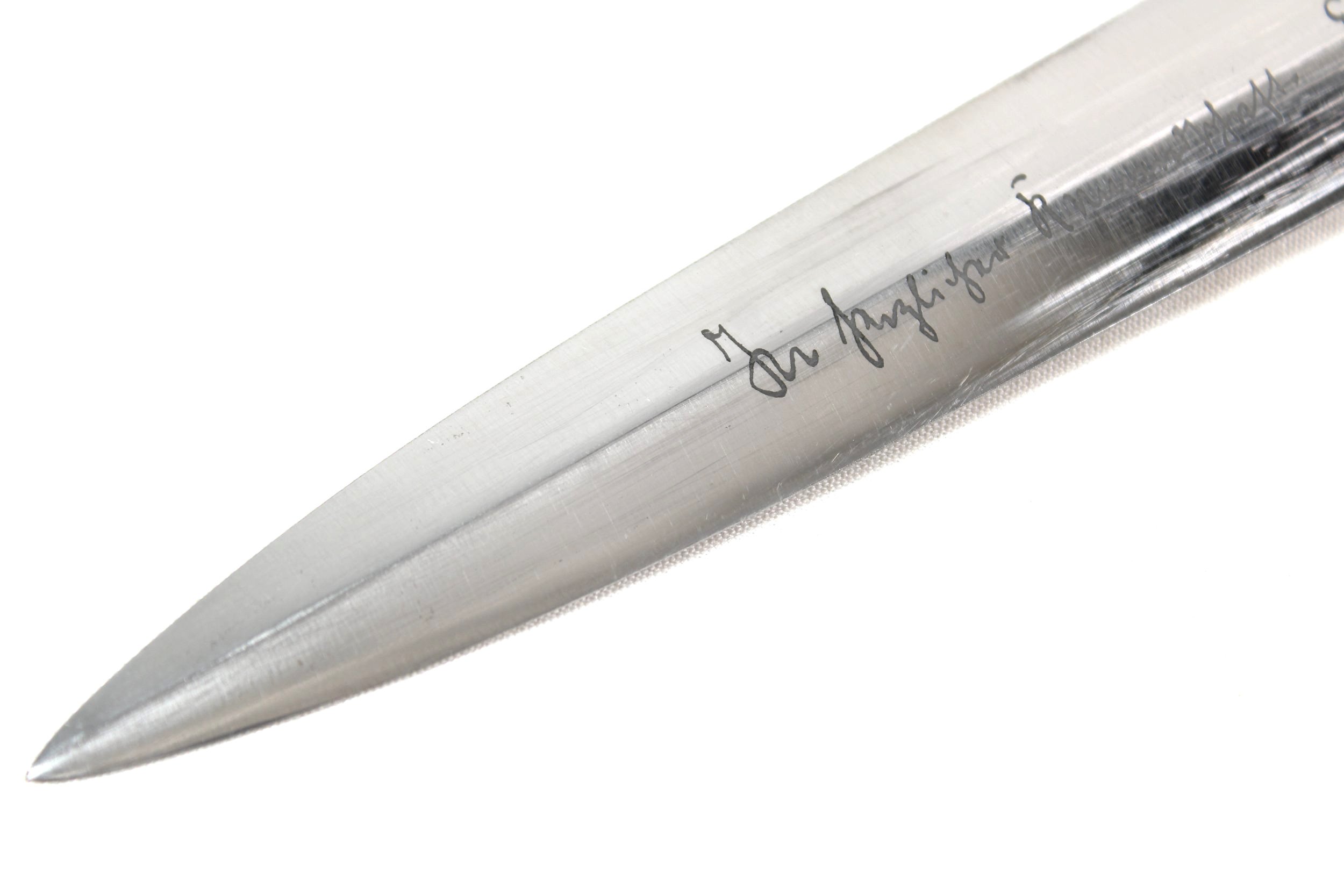 Image 9 of 30
Image 9 of 30

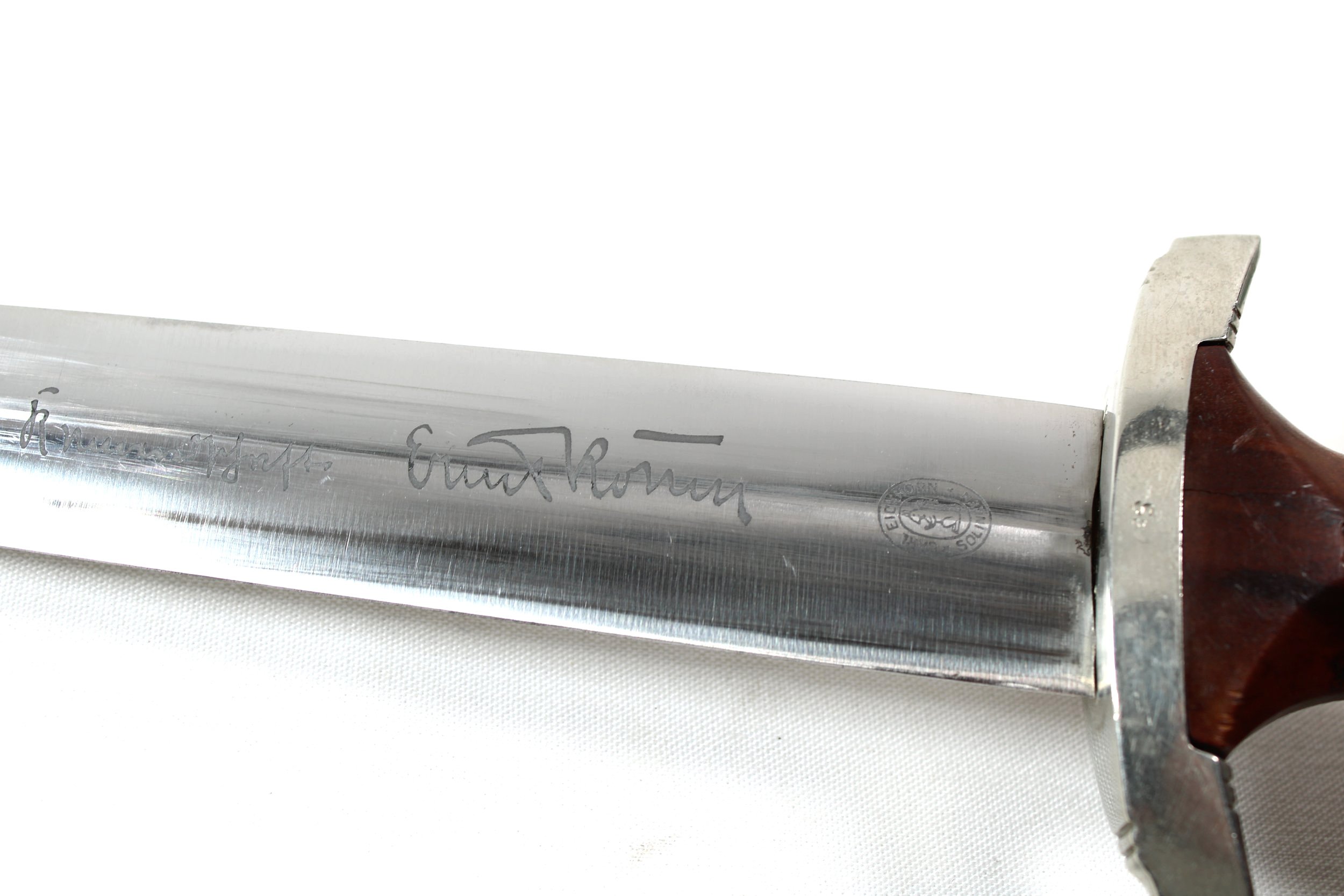 Image 10 of 30
Image 10 of 30

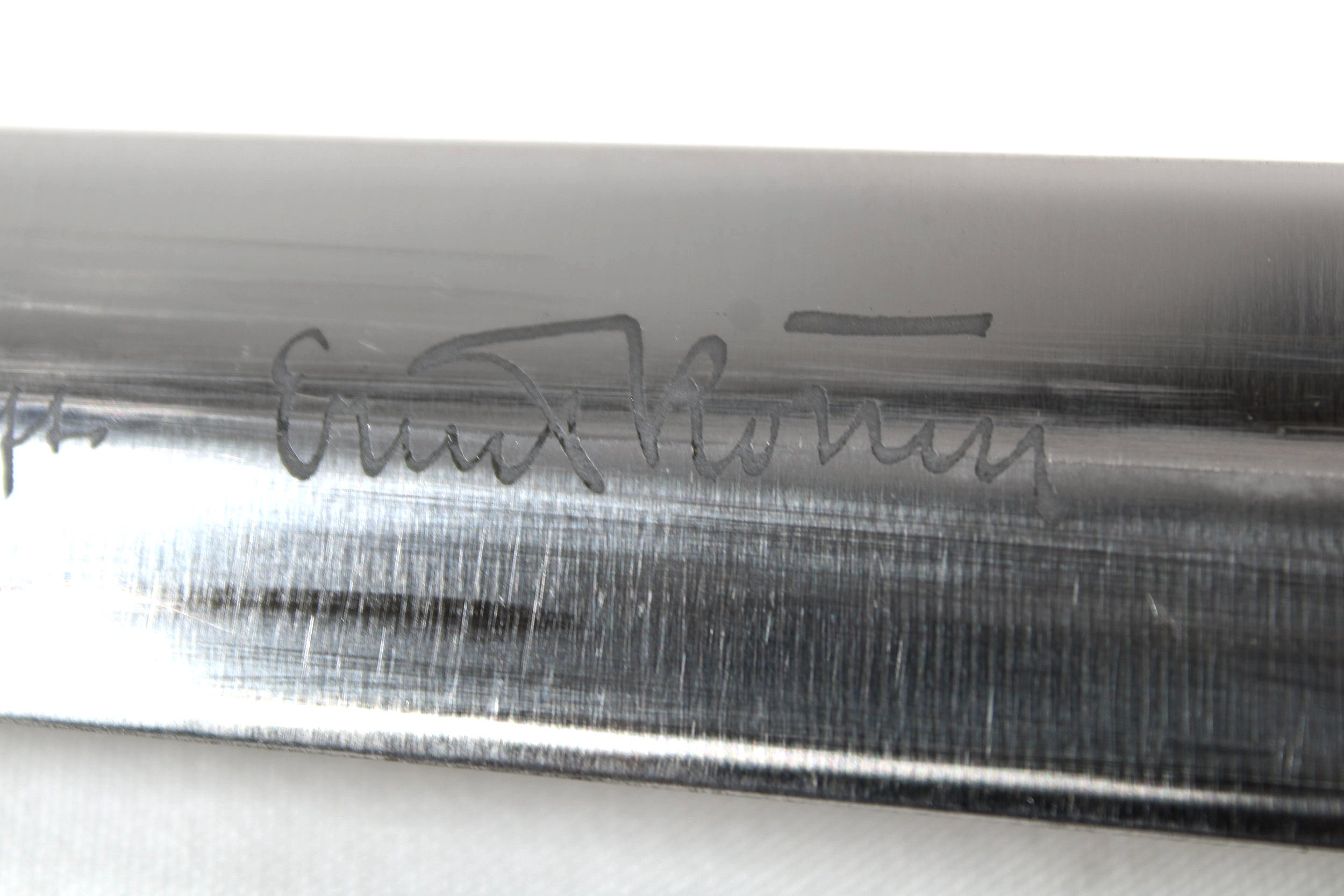 Image 11 of 30
Image 11 of 30

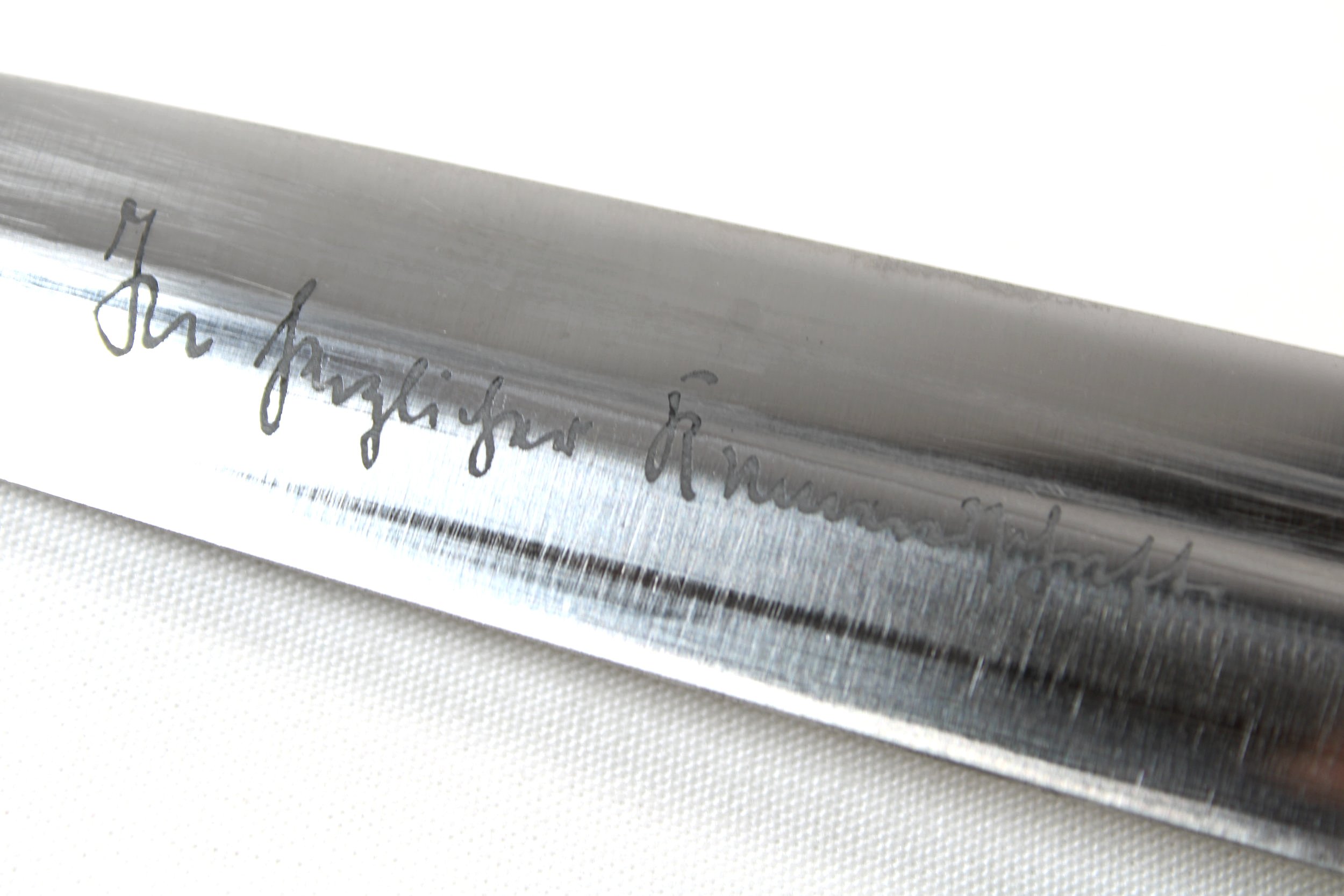 Image 12 of 30
Image 12 of 30

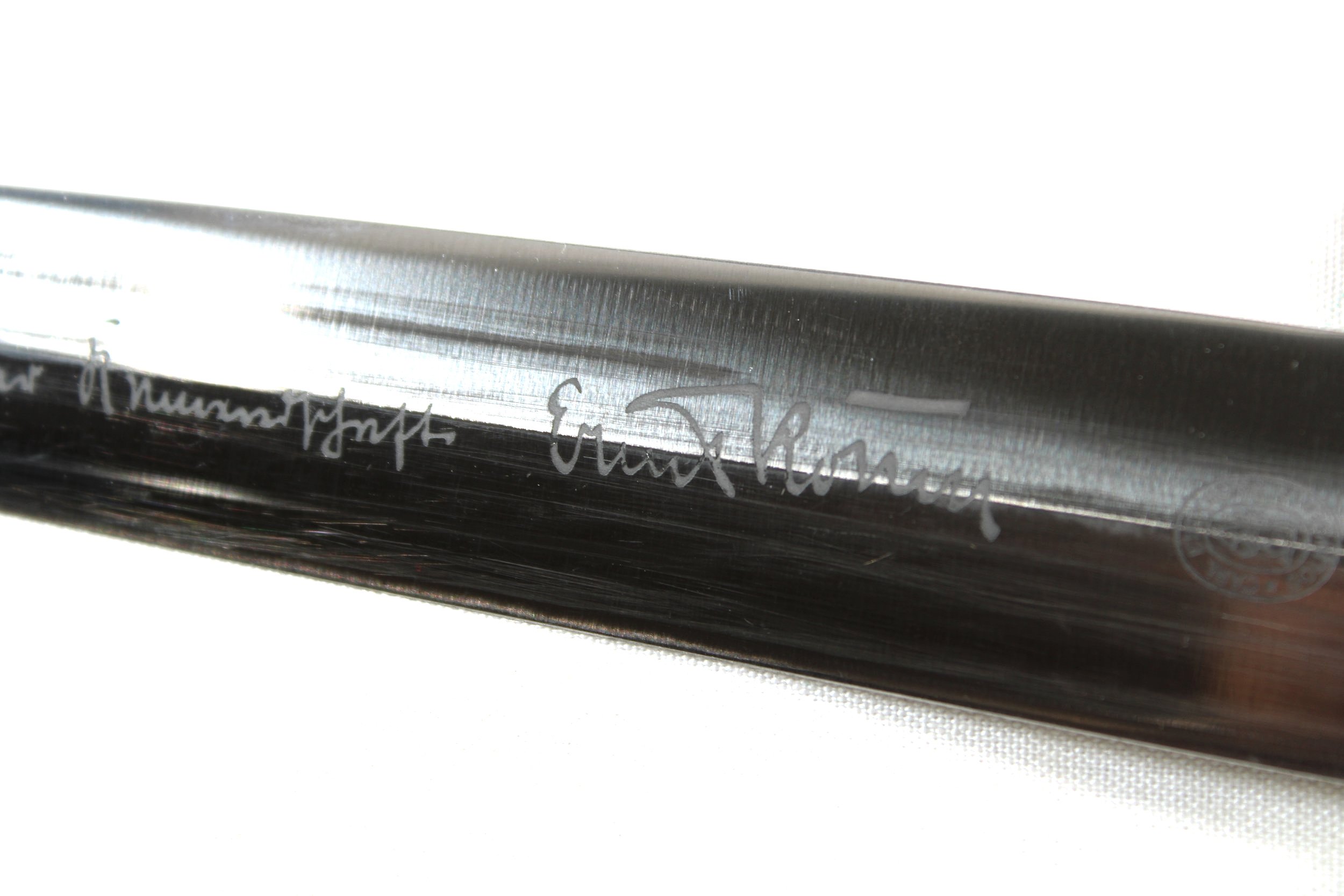 Image 13 of 30
Image 13 of 30

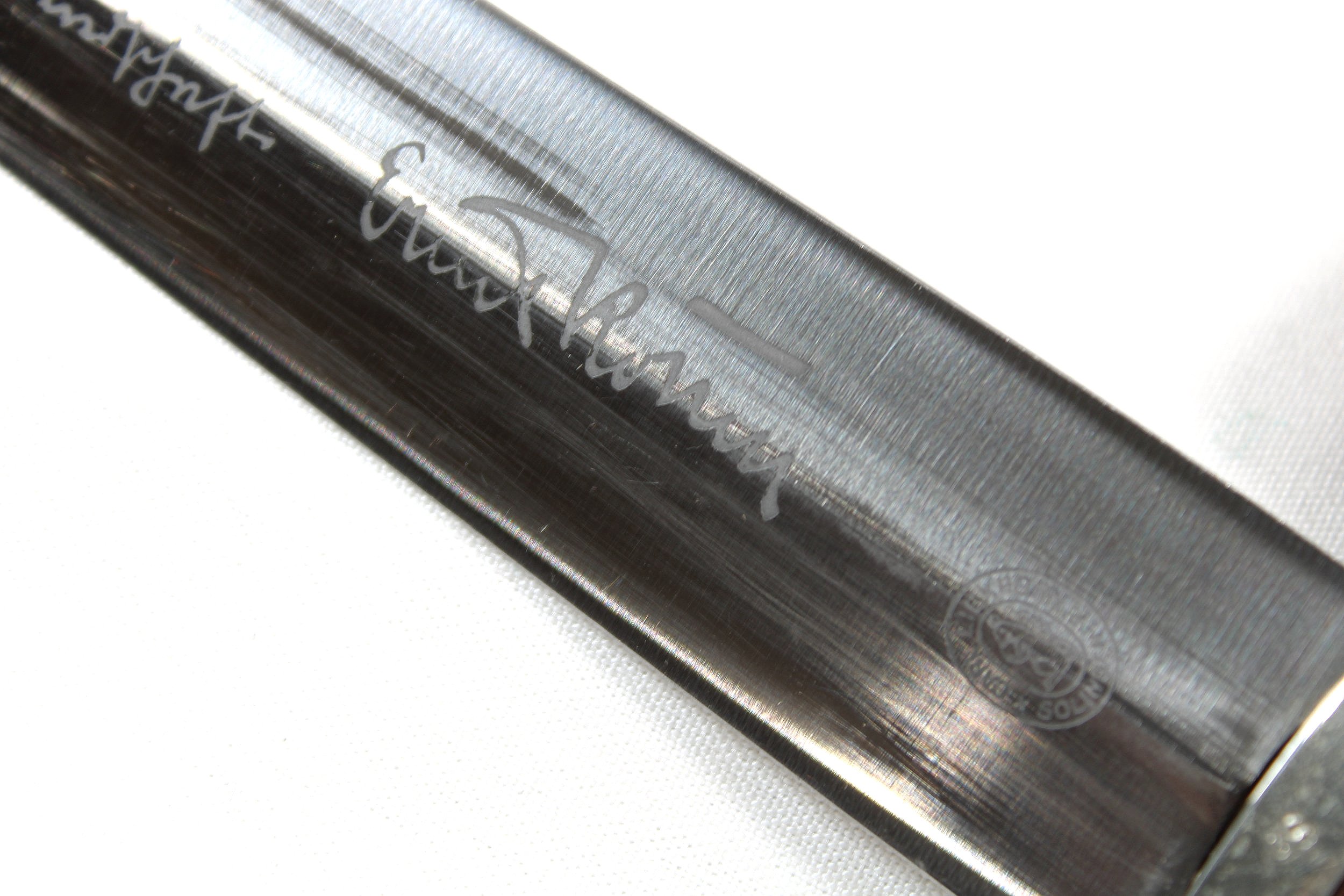 Image 14 of 30
Image 14 of 30

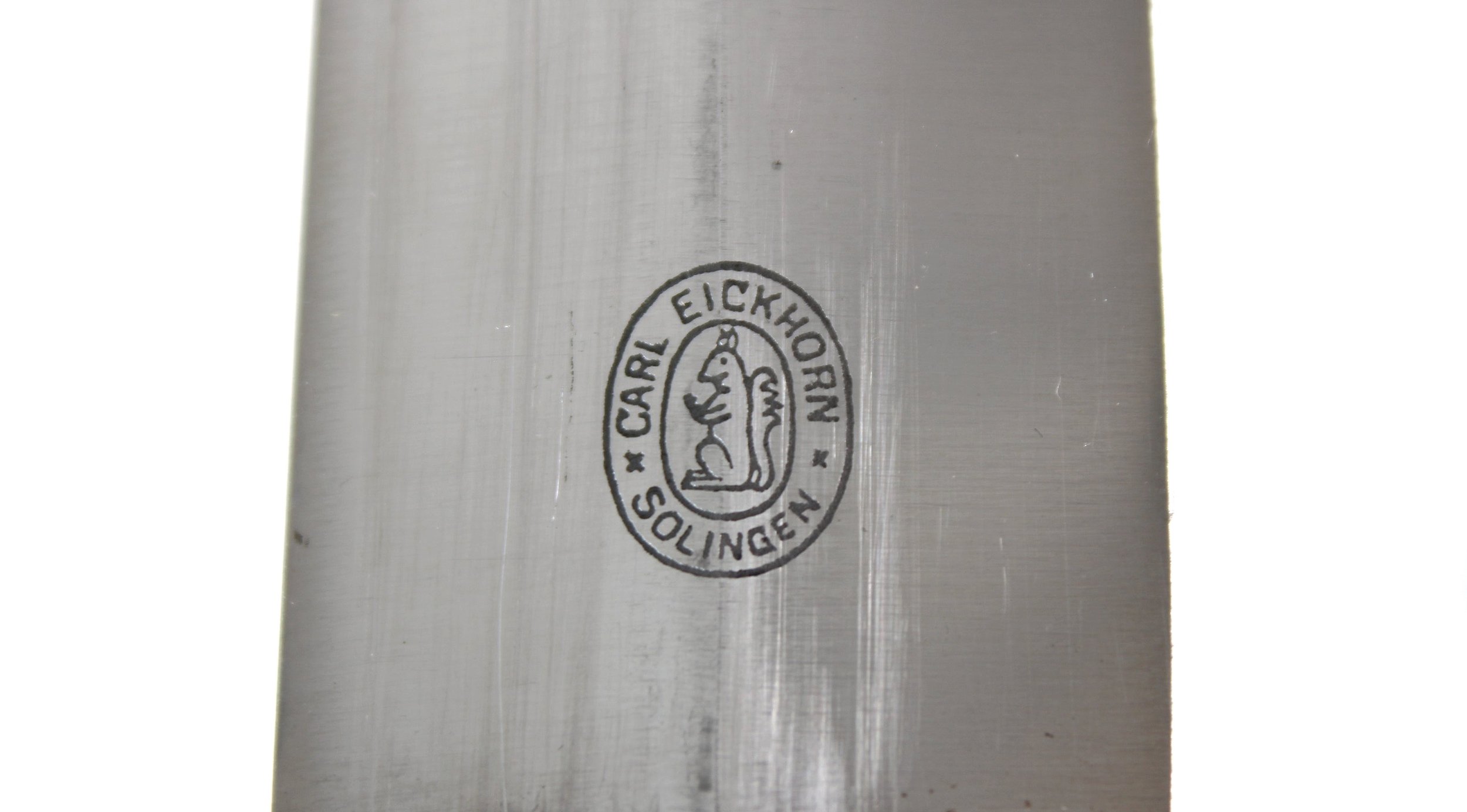 Image 15 of 30
Image 15 of 30

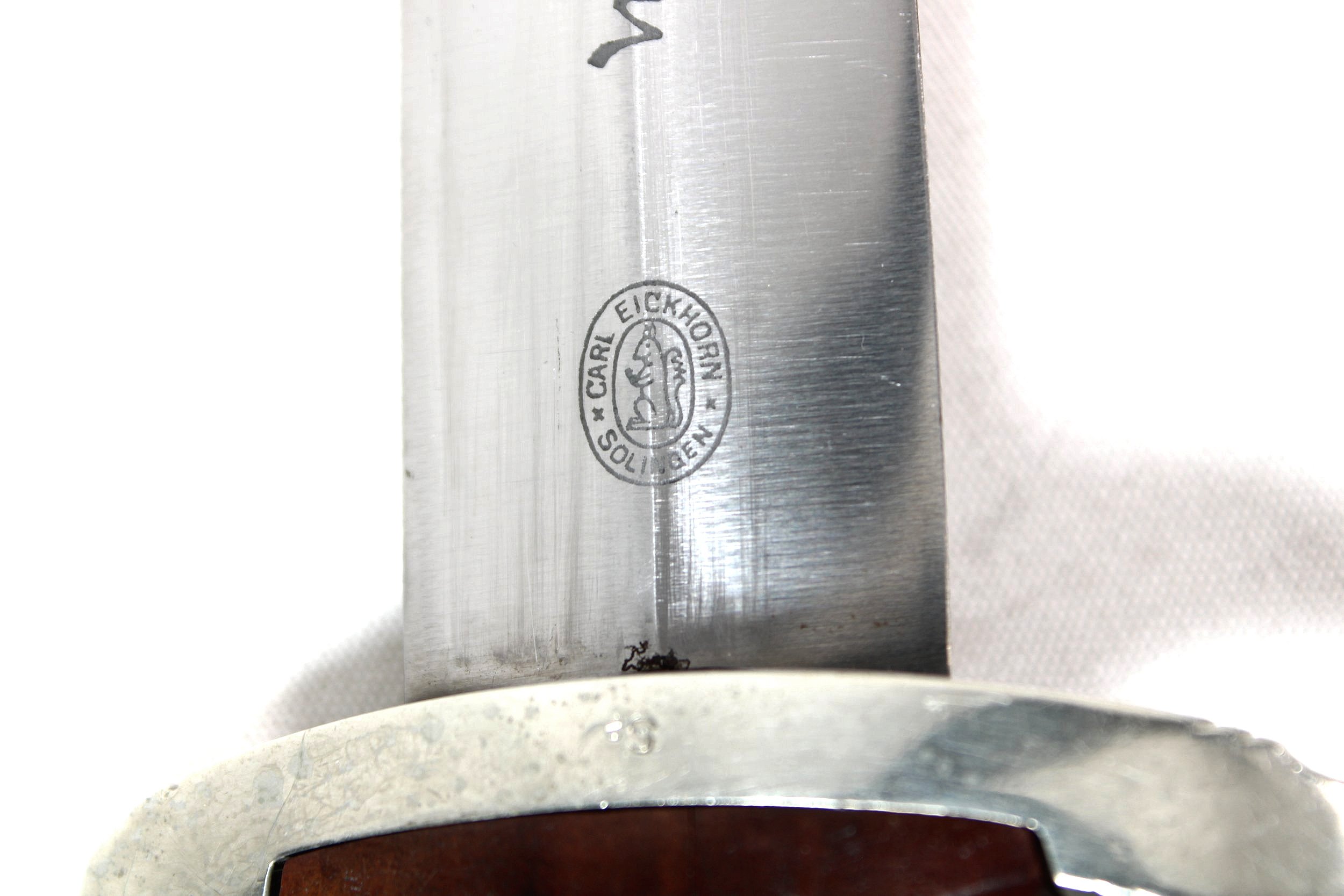 Image 16 of 30
Image 16 of 30

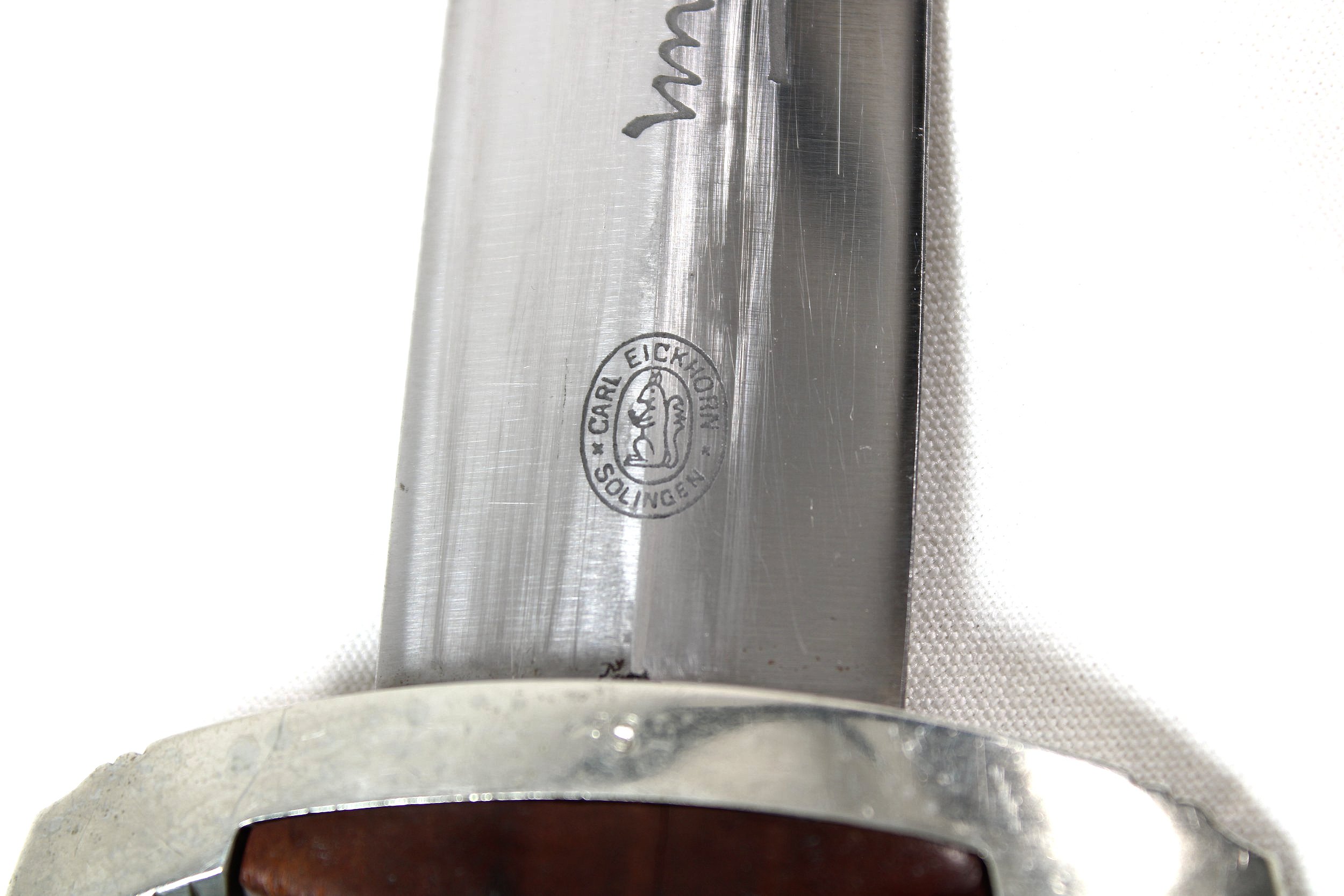 Image 17 of 30
Image 17 of 30

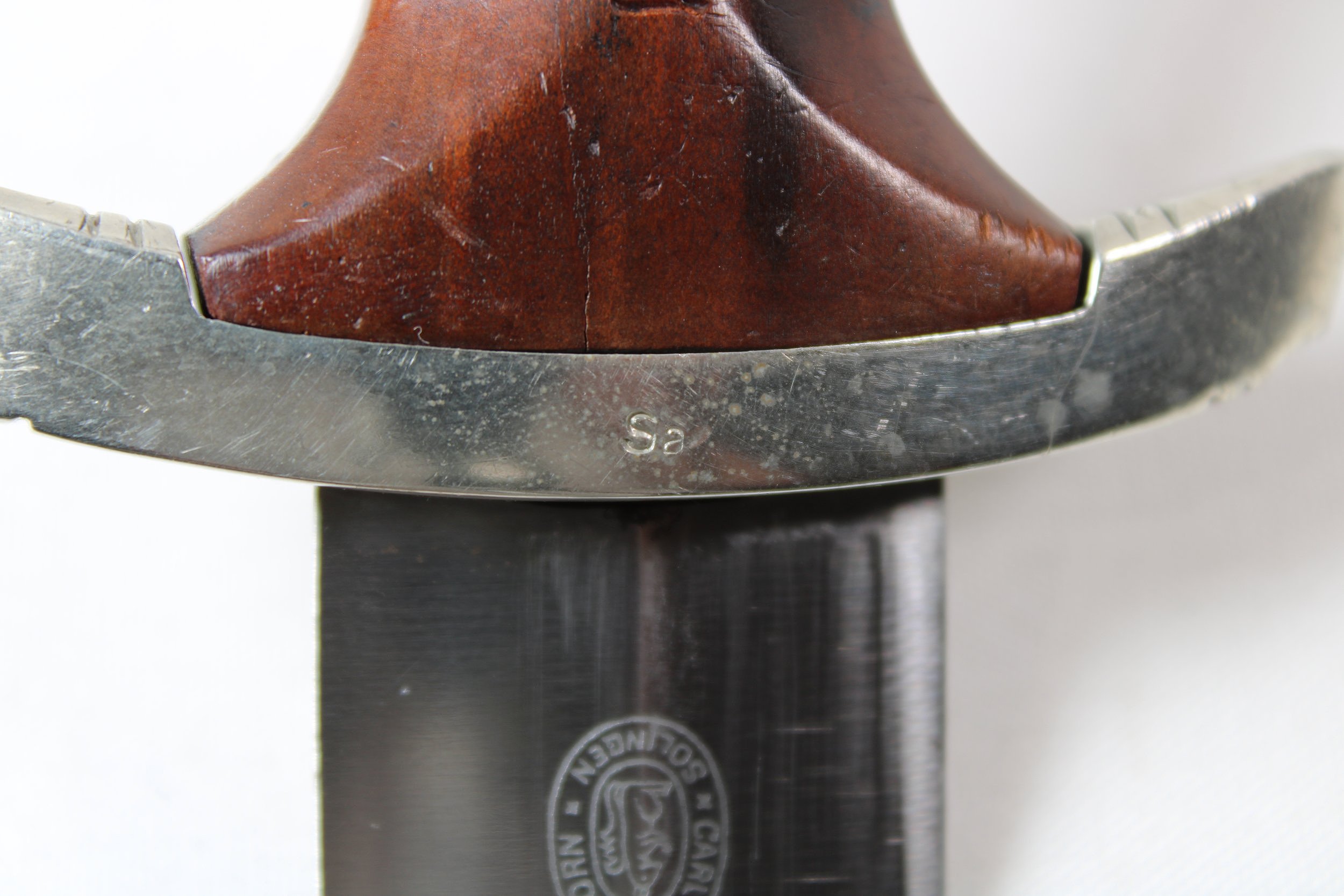 Image 18 of 30
Image 18 of 30

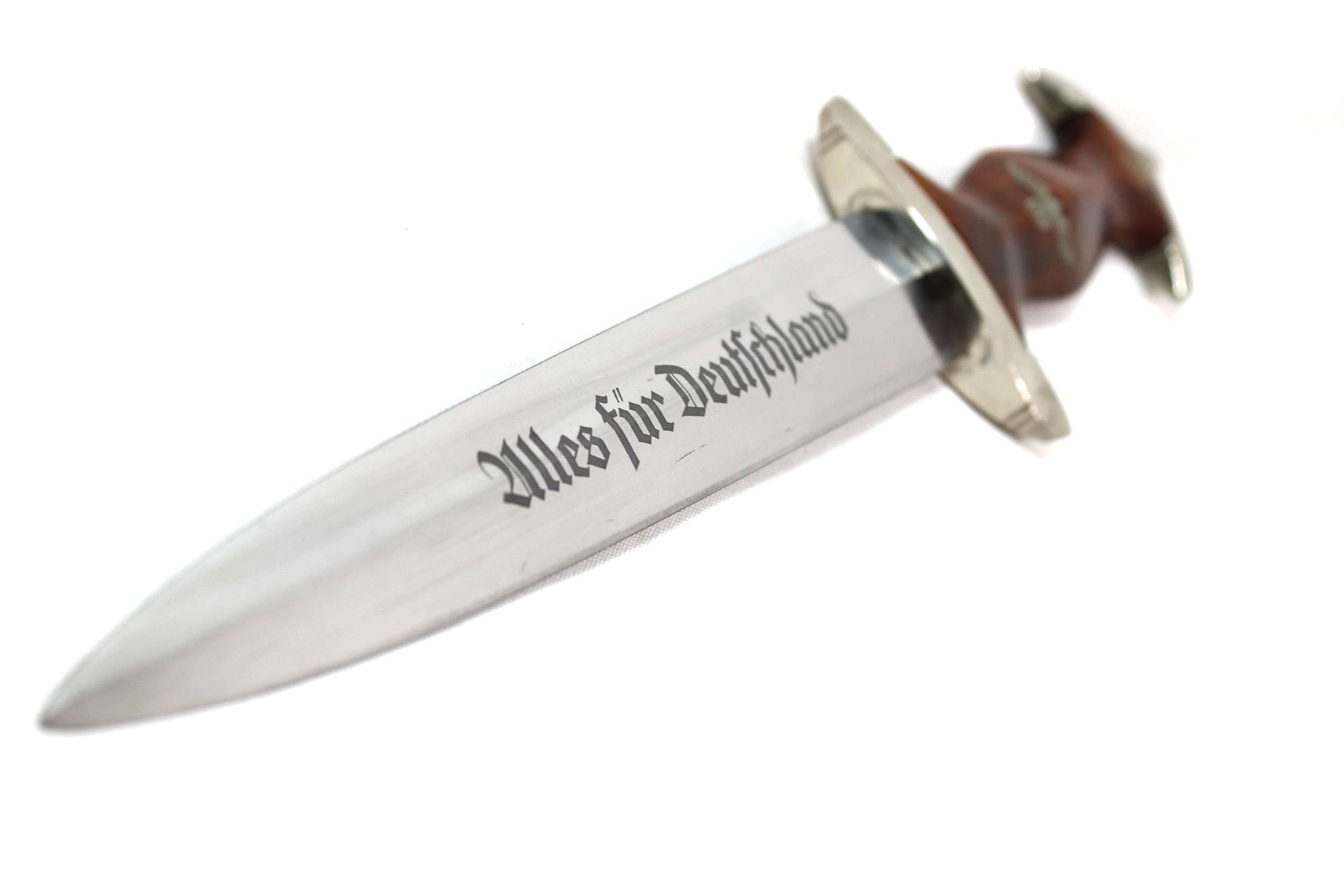 Image 19 of 30
Image 19 of 30

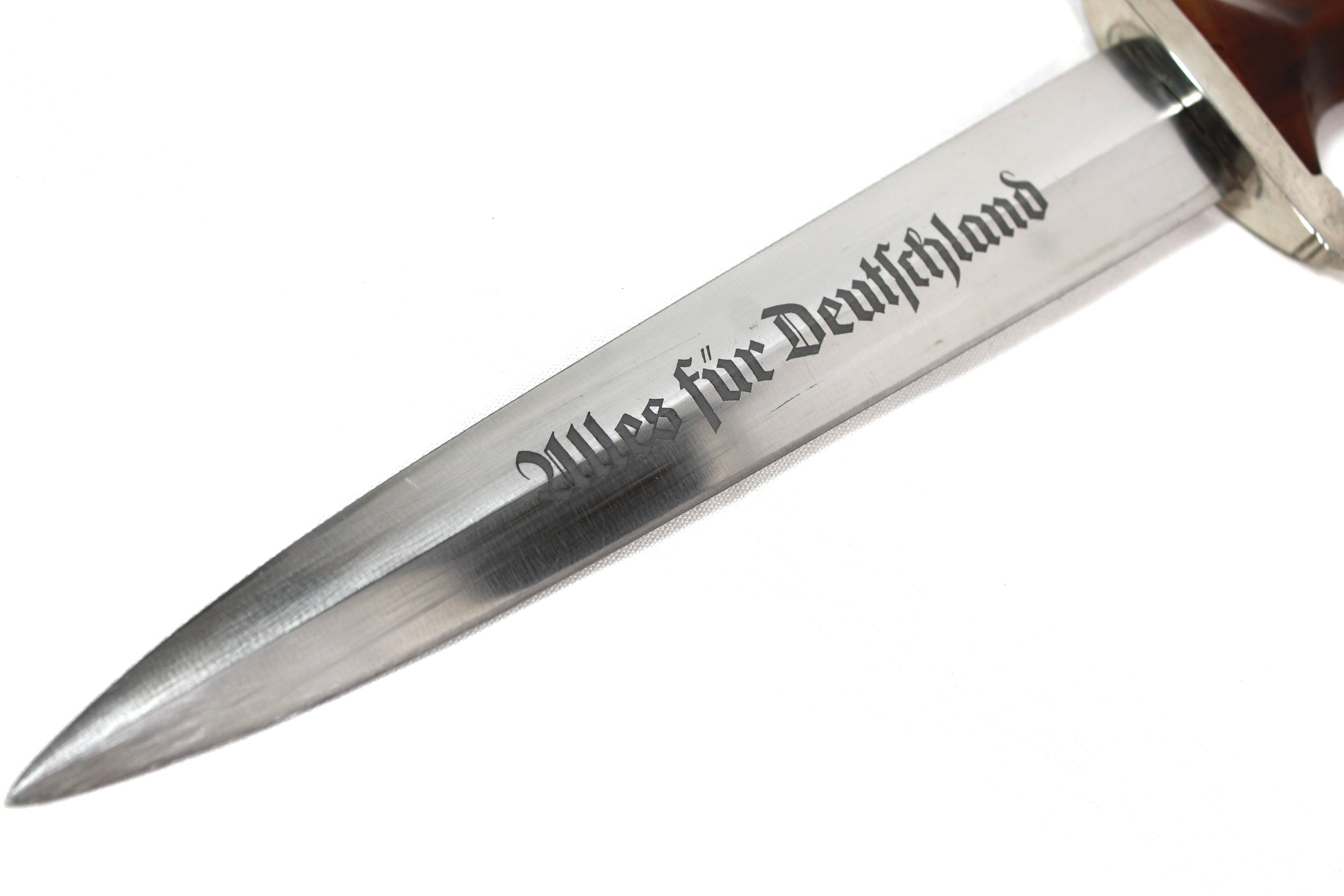 Image 20 of 30
Image 20 of 30

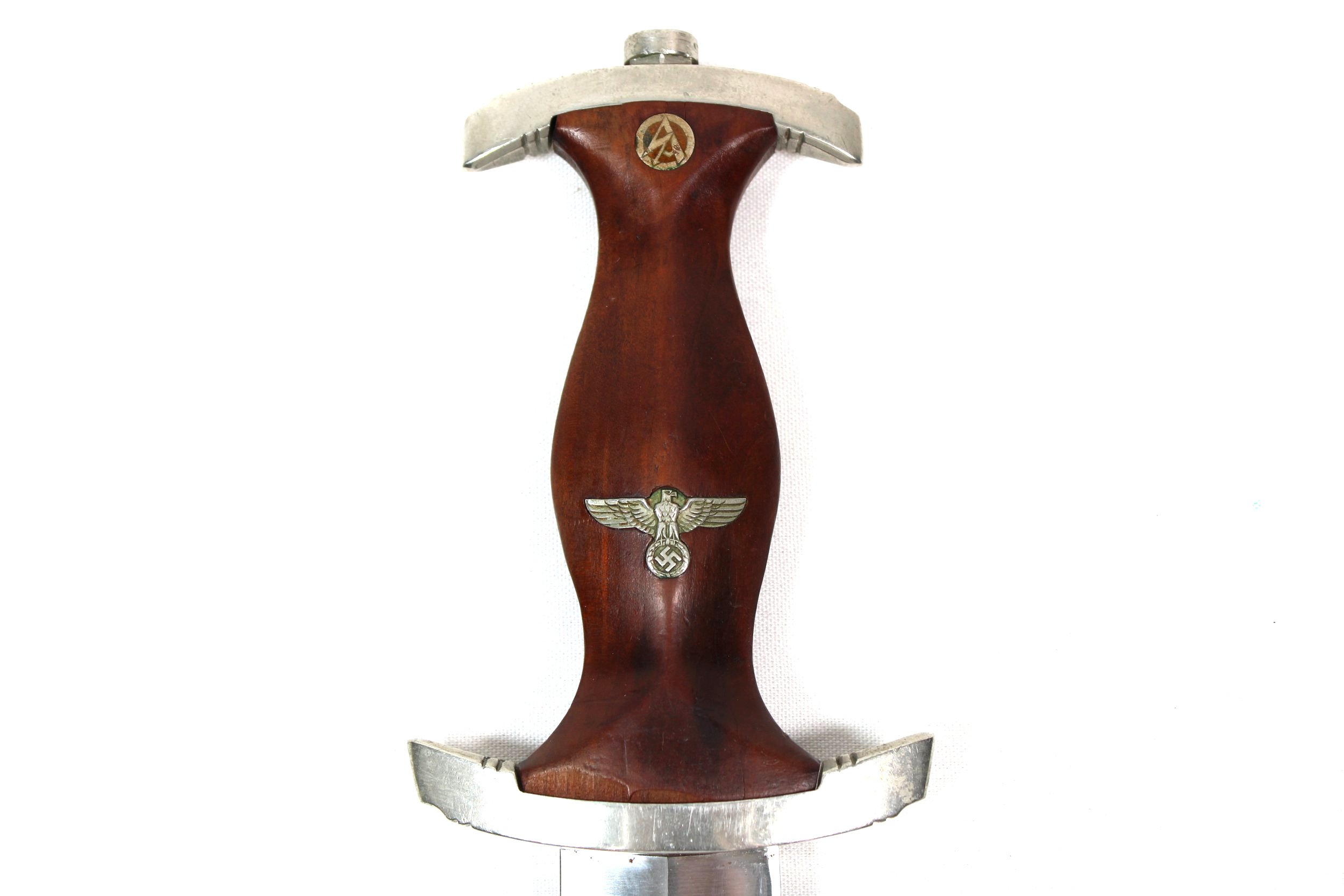 Image 21 of 30
Image 21 of 30

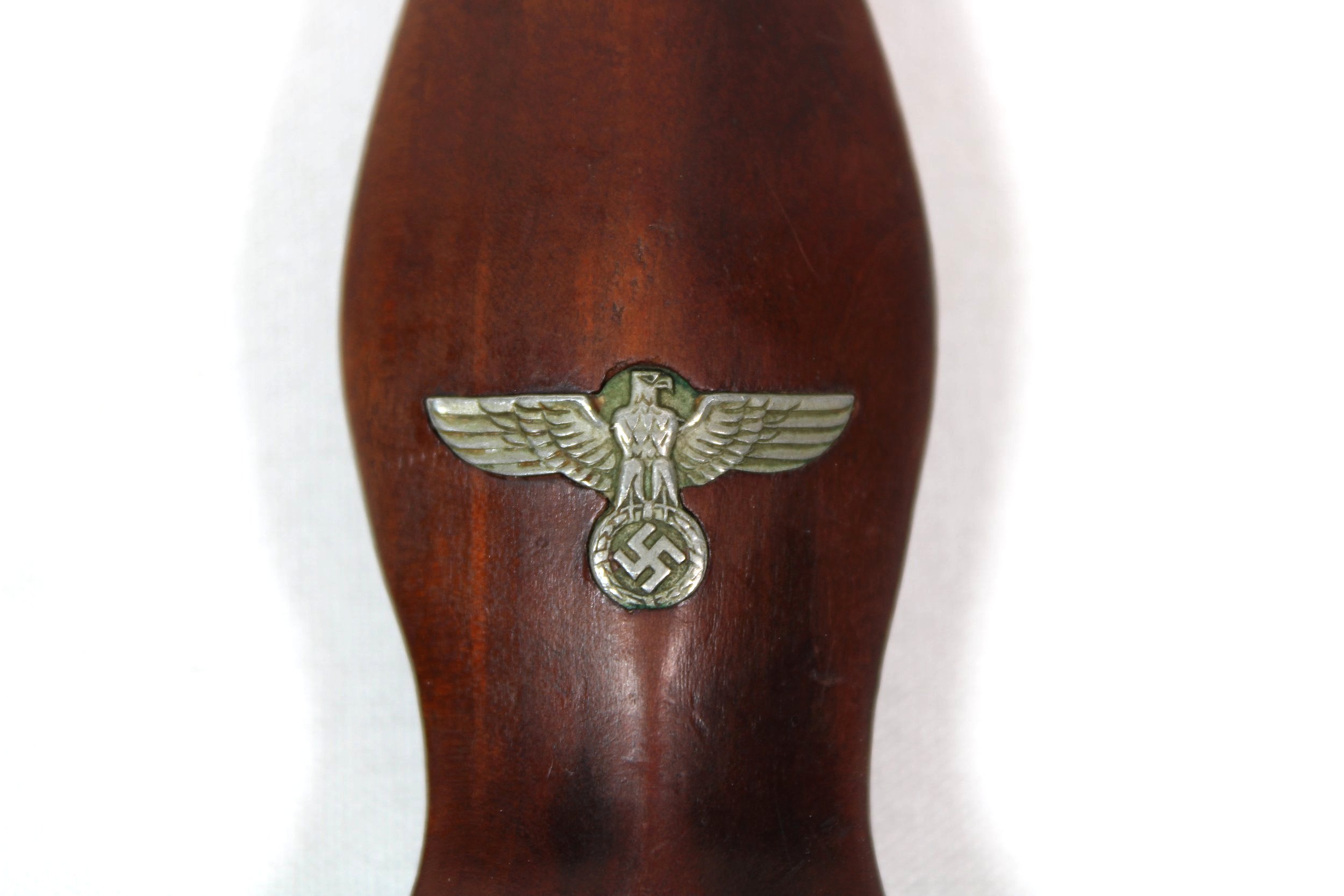 Image 22 of 30
Image 22 of 30

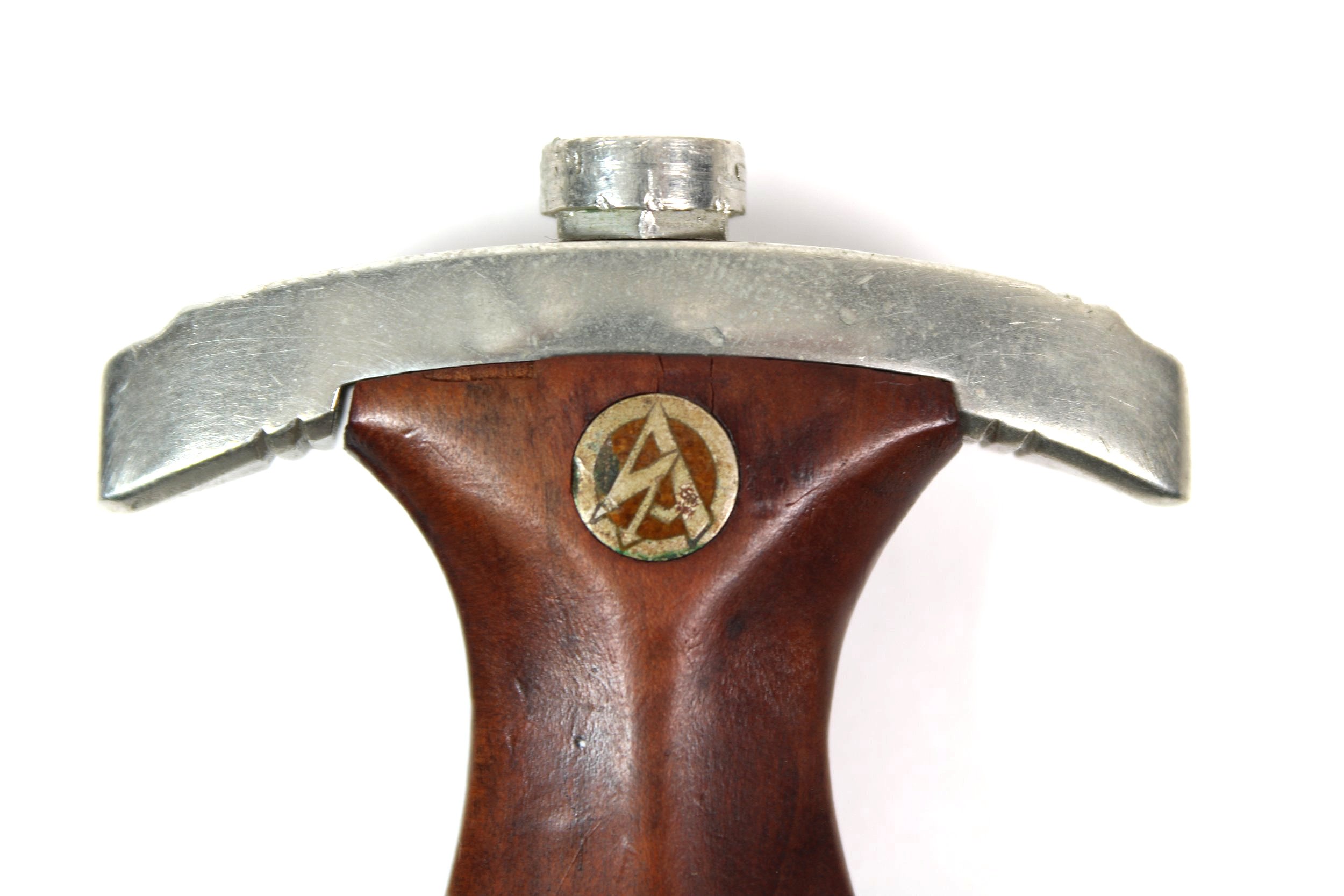 Image 23 of 30
Image 23 of 30

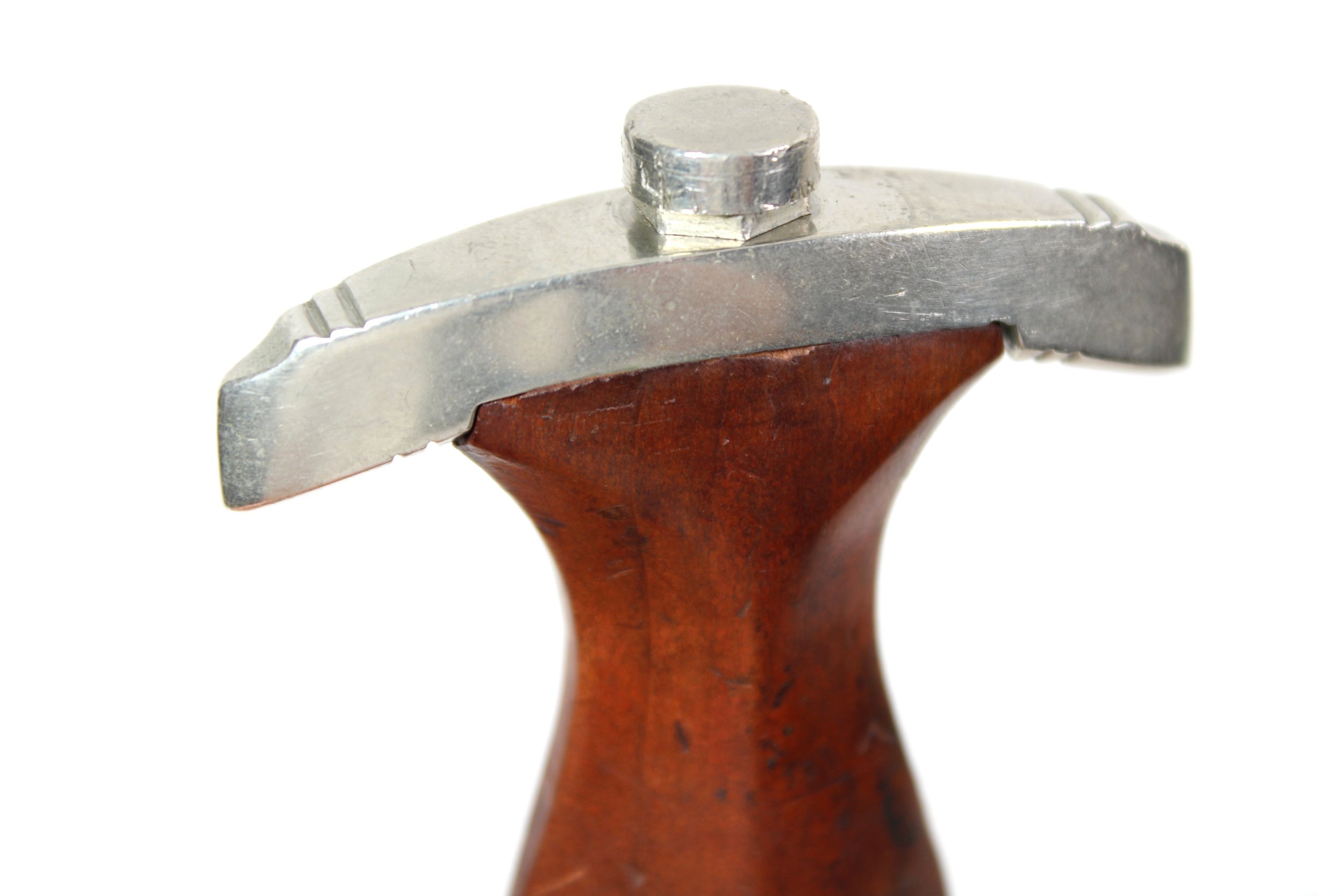 Image 24 of 30
Image 24 of 30

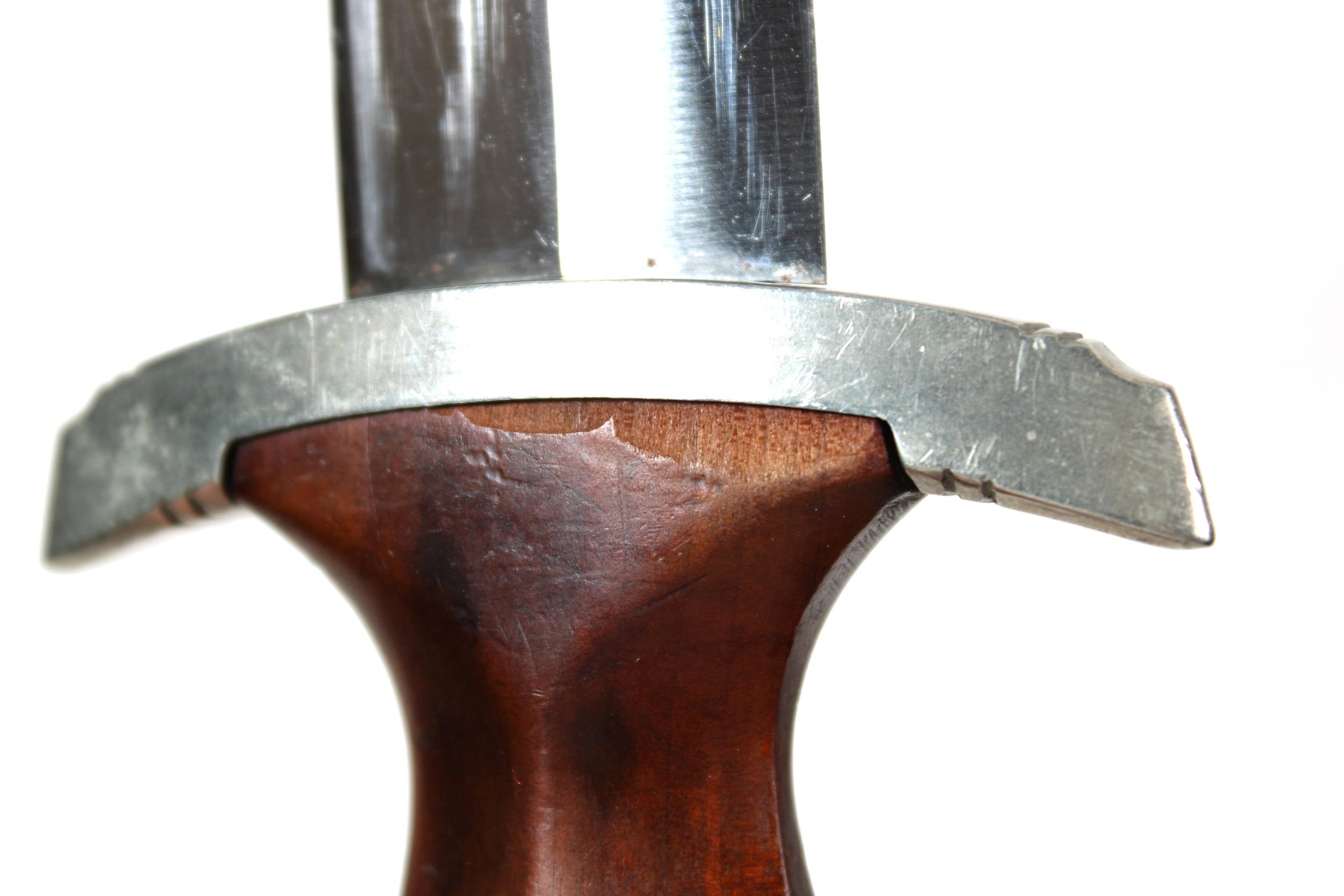 Image 25 of 30
Image 25 of 30

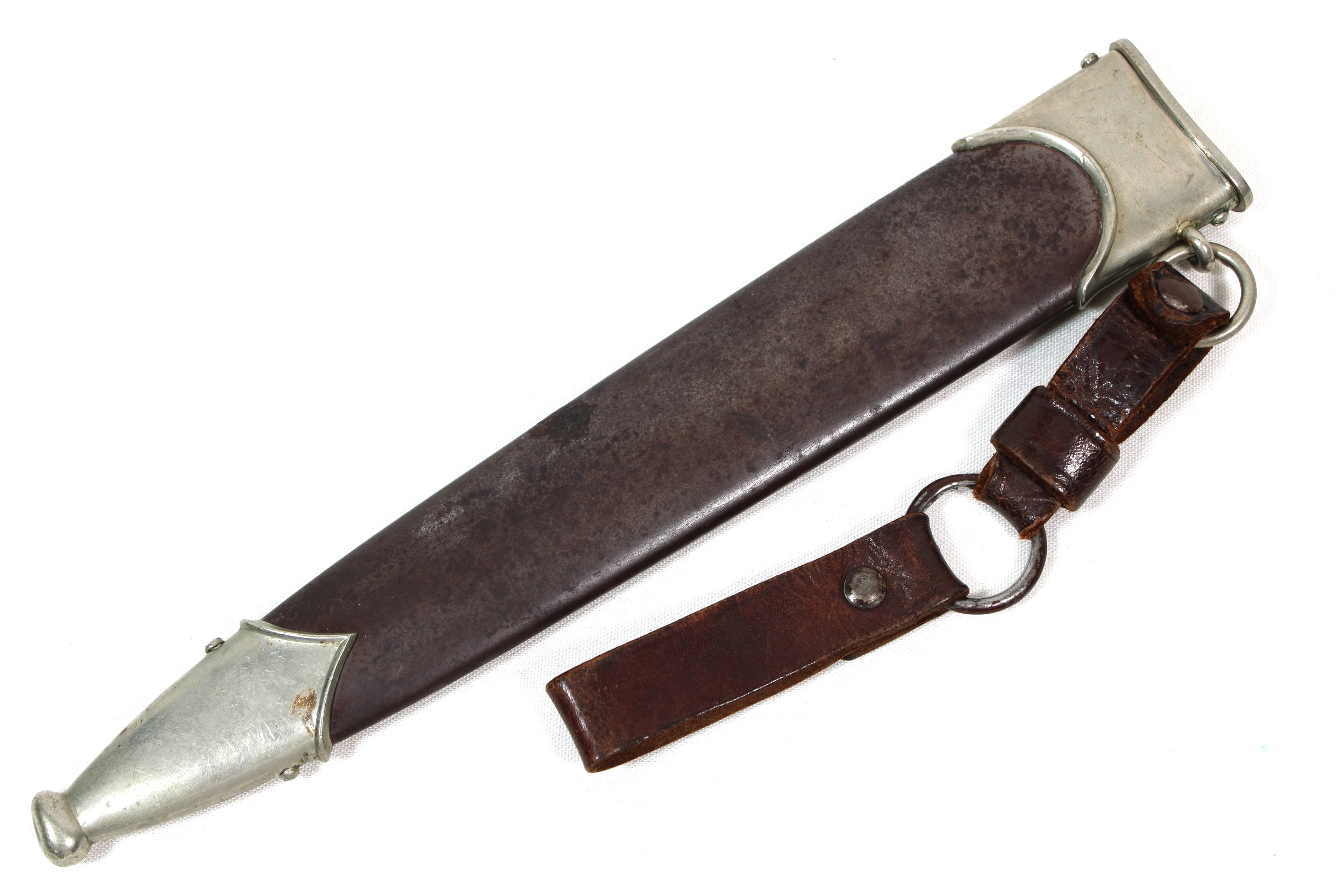 Image 26 of 30
Image 26 of 30

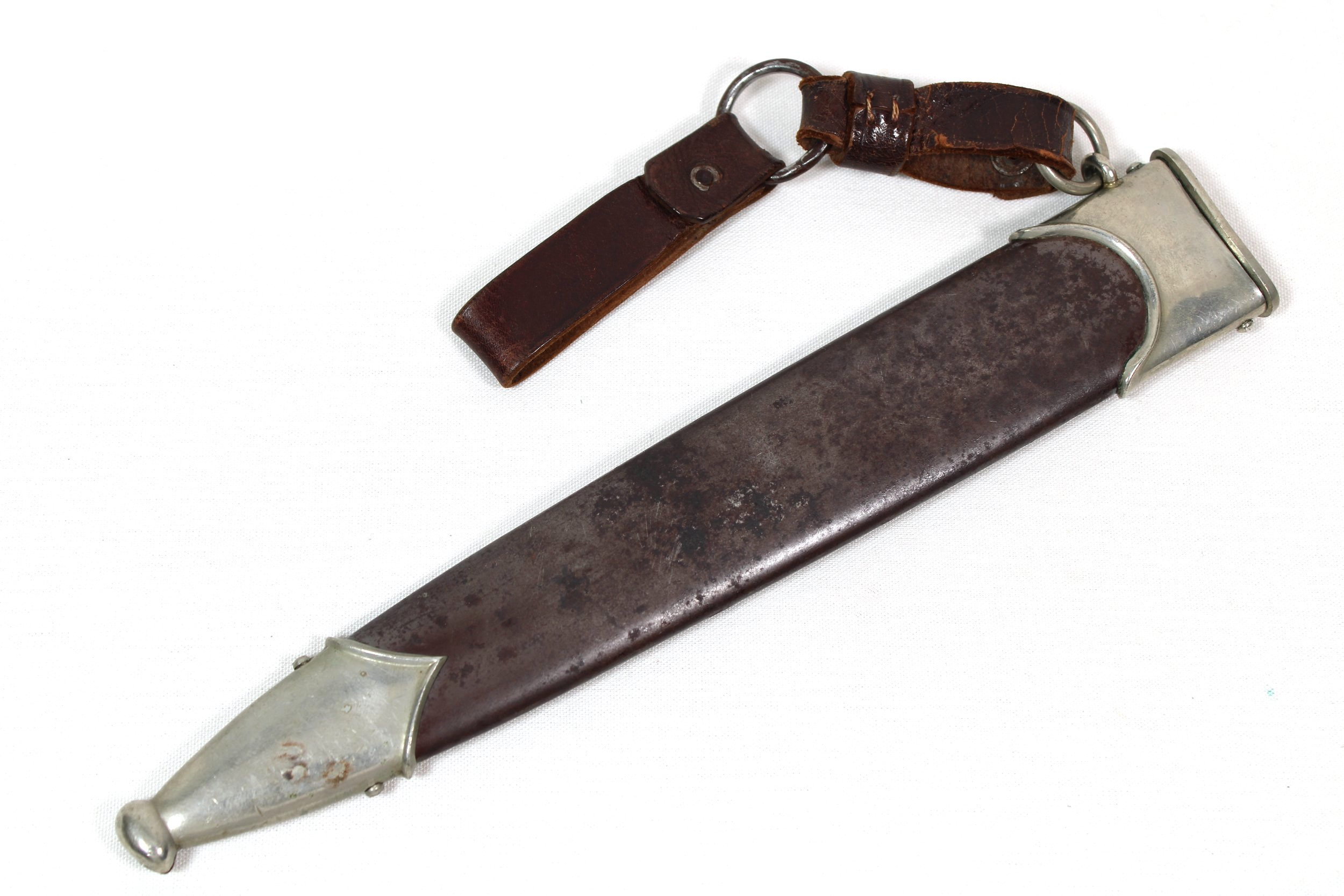 Image 27 of 30
Image 27 of 30

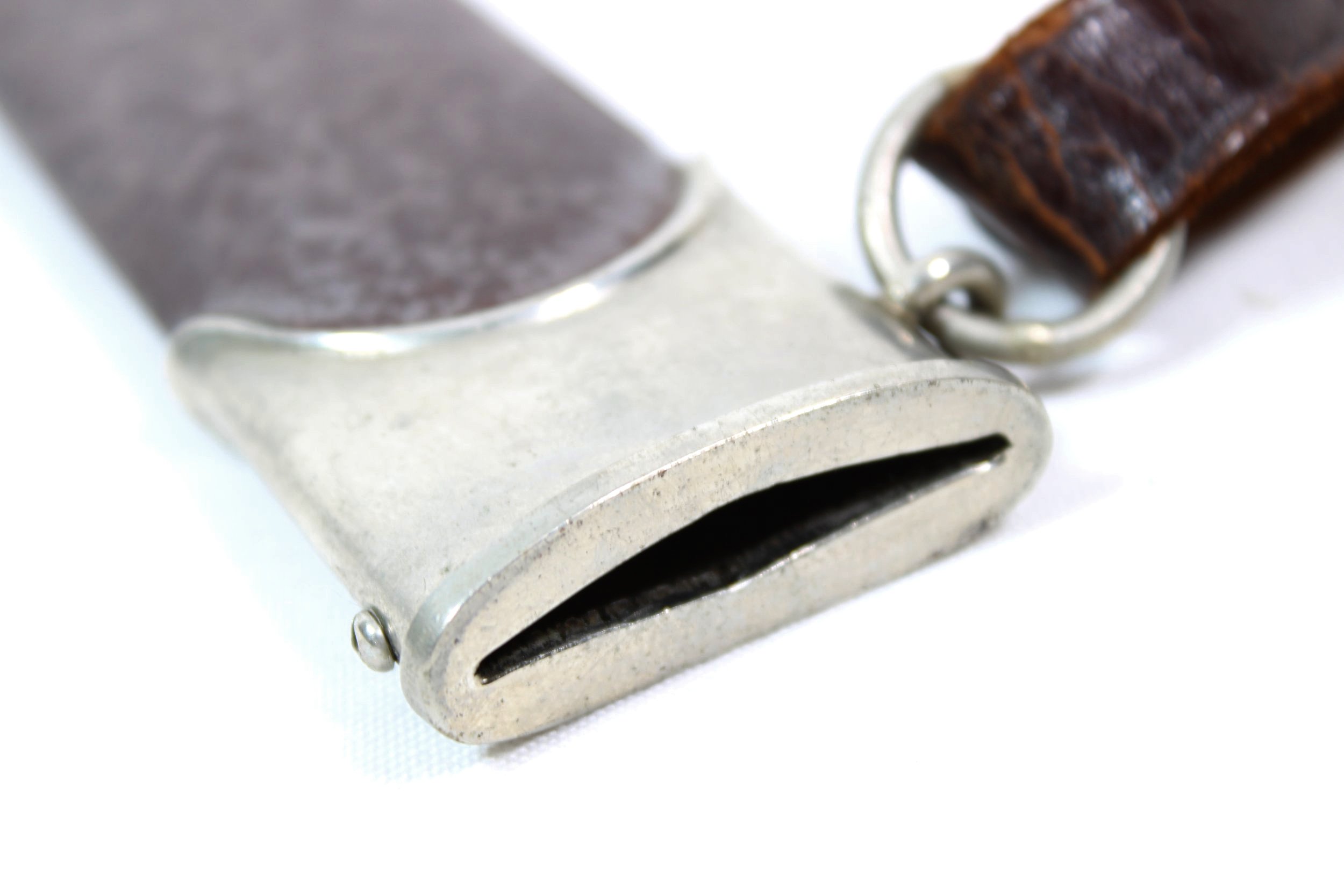 Image 28 of 30
Image 28 of 30

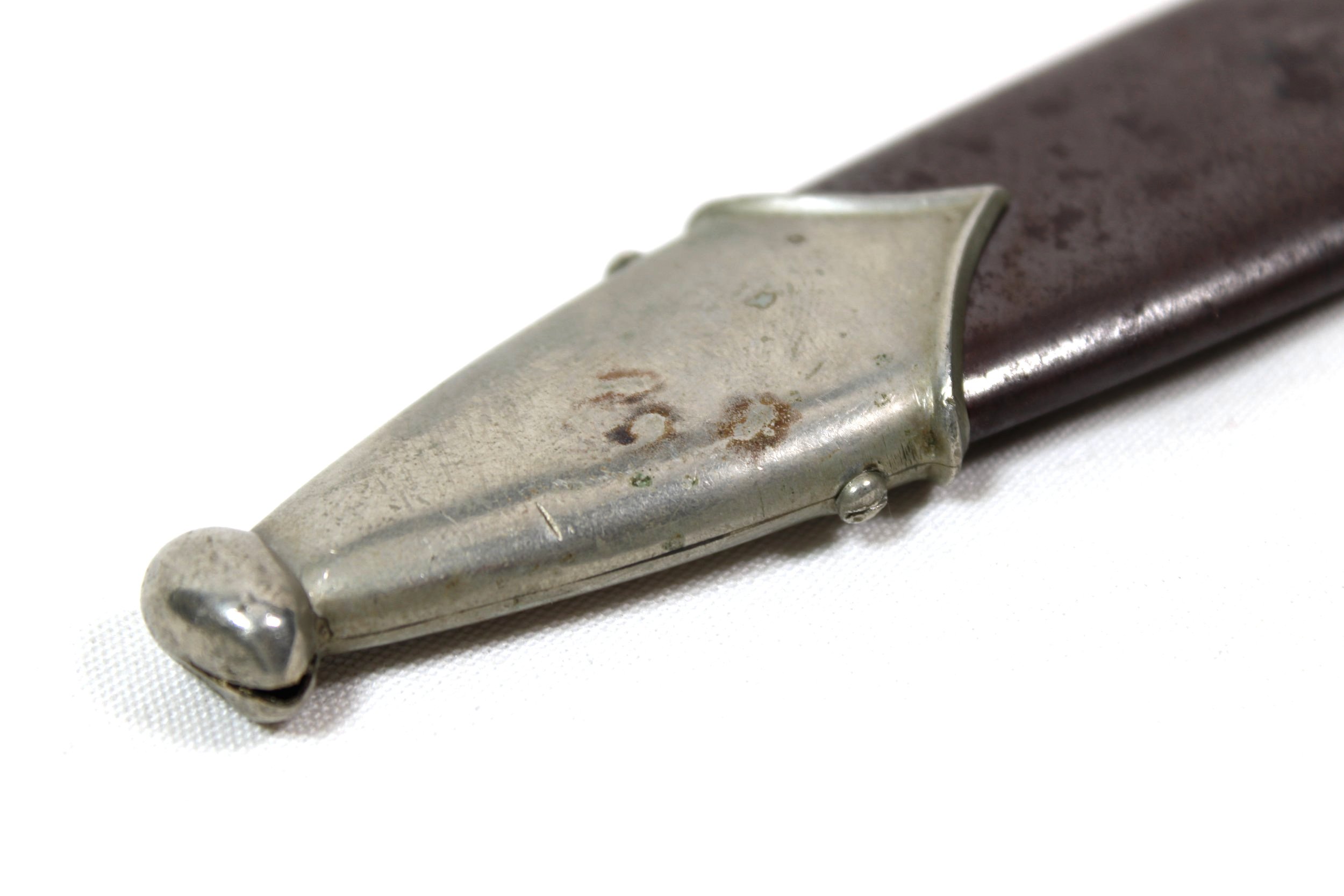 Image 29 of 30
Image 29 of 30

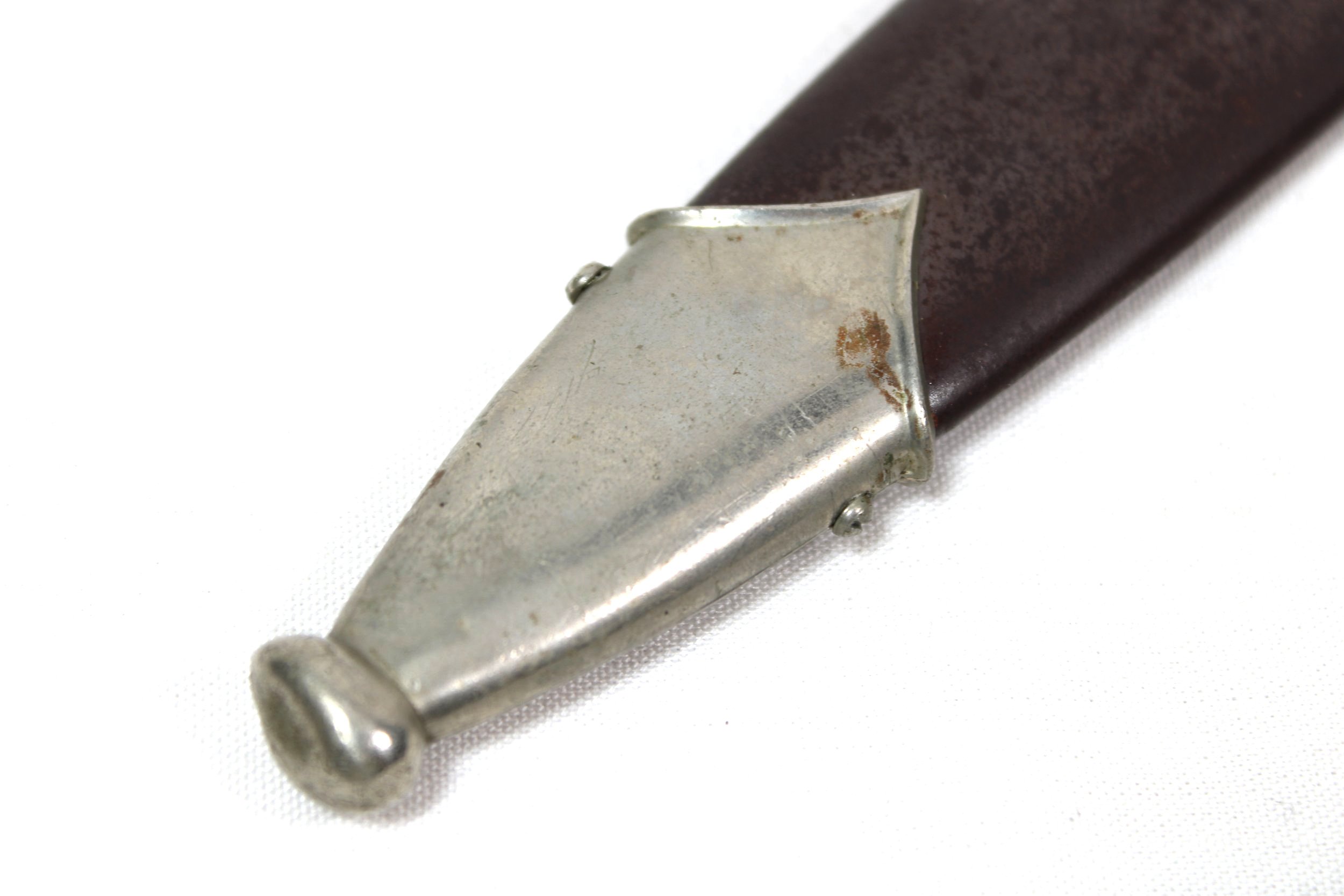 Image 30 of 30
Image 30 of 30































Very Rare Original FULL Rohm SA Dagger By Carl Eickhorn
Early M1933 Full Rohm SA Dagger
The blade on this full Rohm inscription dagger is in truly amazing condition! It features excellent cross grain throughout, with a crisp motto, maker’s mark, and inscriptions all clearly visible. This piece has never been polished and remains in nearly mint condition, showing only light runner marks and a very small rust worm just beneath the maker’s mark at the base of one side of the blade. The anodized scabbard exhibits typical wear consistent with its age, which spans over 90 years! Wow, 90 years indeed! It’s fascinating to imagine the history this rare, well-preserved dagger has witnessed during its heyday. Perhaps it was in the hands of someone at a lake house long ago — the stories it could tell might be things best left unspoken. Possibly, it was even taken by a member of the Schutzstaffel as a trophy of his service during the Night of the Long Knives. After that tumultuous time, it might have been stored away carefully for decades until it was finally discovered by a GI occupier. We may never truly know the full tale behind this piece. The SA roundel on the dagger retains most of its original enamel, adding to the authenticity and character of the item. The wooden grip shows slight wear and age toning, with a couple of small cracks and minor chips that reflect its long history. On the reverse side of the lower cross guard, there is a distinctive “Sa” stamp indicating SA-Gruppe Sachsen. The hanger is present and complete, featuring a functional spring clip that remains fully operational.
A full Röhm inscription on an SA (Sturmabteilung) dagger makes it a rare and valuable collectible. Here's why:
Historical Context: Ernst Röhm was the leader of the SA, a Nazi paramilitary organization. In 1934, he awarded a limited number of SA daggers with his personal dedication, "In herzlicher Kameradschaft Ernst Röhm" (In Cordial Comradeship Ernst Röhm), on the blade.
The Röhm Purge: After the "Night of the Long Knives" in mid-1934, Hitler ordered Röhm's execution and the removal of the inscription from all SA and SS daggers.
Risk of Treason: Failure to remove the inscription was considered an act of treason, carrying severe consequences.
Scarcity of Surviving Examples: Most dagger owners followed the order to remove or grind off the inscription. Because of this, surviving daggers with the full, legible Röhm inscription are extraordinarily scarce. Collectors highly prize these daggers as authentic historical artifacts that offer a tangible connection to this turbulent and pivotal moment in Nazi Germany’s history. Their rarity and the inherent risks involved in their preservation contribute significantly to their value on the collector’s market.
SHIPPING NEXT DAY FULLY INSURED ONLY!
EMAIL warstore14@gmail.com FOR SHIPPING QUOTE
Early M1933 Full Rohm SA Dagger
The blade on this full Rohm inscription dagger is in truly amazing condition! It features excellent cross grain throughout, with a crisp motto, maker’s mark, and inscriptions all clearly visible. This piece has never been polished and remains in nearly mint condition, showing only light runner marks and a very small rust worm just beneath the maker’s mark at the base of one side of the blade. The anodized scabbard exhibits typical wear consistent with its age, which spans over 90 years! Wow, 90 years indeed! It’s fascinating to imagine the history this rare, well-preserved dagger has witnessed during its heyday. Perhaps it was in the hands of someone at a lake house long ago — the stories it could tell might be things best left unspoken. Possibly, it was even taken by a member of the Schutzstaffel as a trophy of his service during the Night of the Long Knives. After that tumultuous time, it might have been stored away carefully for decades until it was finally discovered by a GI occupier. We may never truly know the full tale behind this piece. The SA roundel on the dagger retains most of its original enamel, adding to the authenticity and character of the item. The wooden grip shows slight wear and age toning, with a couple of small cracks and minor chips that reflect its long history. On the reverse side of the lower cross guard, there is a distinctive “Sa” stamp indicating SA-Gruppe Sachsen. The hanger is present and complete, featuring a functional spring clip that remains fully operational.
A full Röhm inscription on an SA (Sturmabteilung) dagger makes it a rare and valuable collectible. Here's why:
Historical Context: Ernst Röhm was the leader of the SA, a Nazi paramilitary organization. In 1934, he awarded a limited number of SA daggers with his personal dedication, "In herzlicher Kameradschaft Ernst Röhm" (In Cordial Comradeship Ernst Röhm), on the blade.
The Röhm Purge: After the "Night of the Long Knives" in mid-1934, Hitler ordered Röhm's execution and the removal of the inscription from all SA and SS daggers.
Risk of Treason: Failure to remove the inscription was considered an act of treason, carrying severe consequences.
Scarcity of Surviving Examples: Most dagger owners followed the order to remove or grind off the inscription. Because of this, surviving daggers with the full, legible Röhm inscription are extraordinarily scarce. Collectors highly prize these daggers as authentic historical artifacts that offer a tangible connection to this turbulent and pivotal moment in Nazi Germany’s history. Their rarity and the inherent risks involved in their preservation contribute significantly to their value on the collector’s market.





